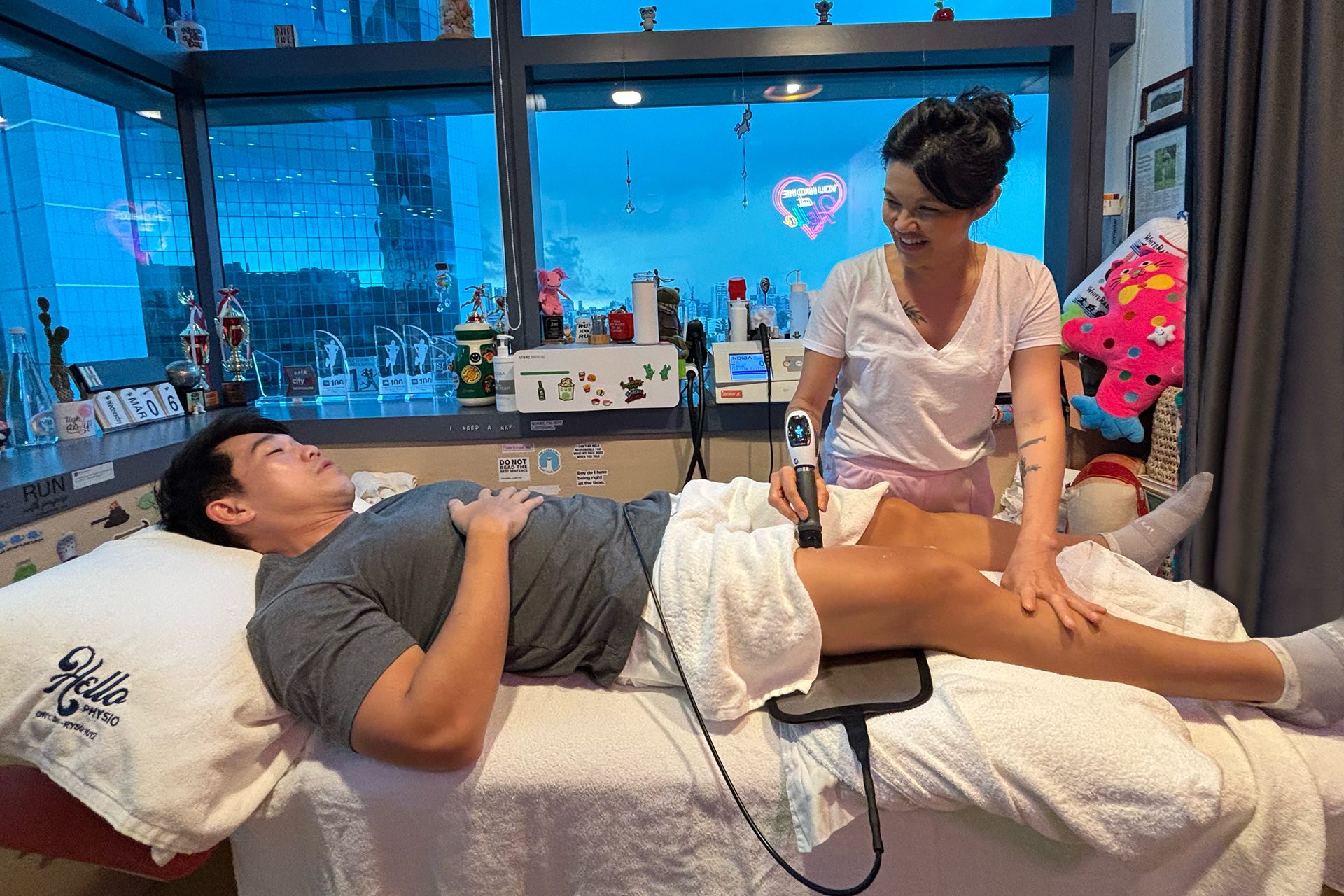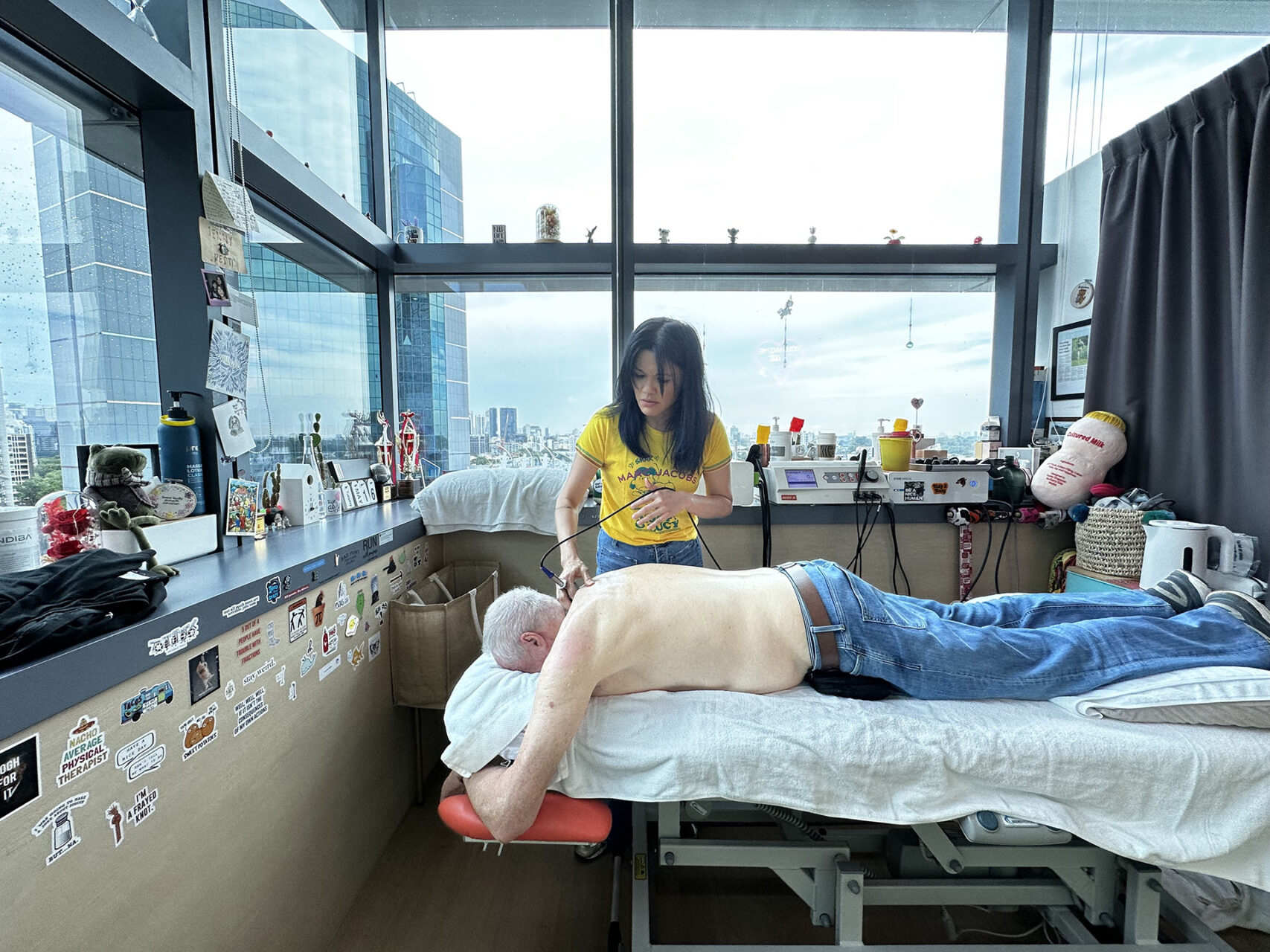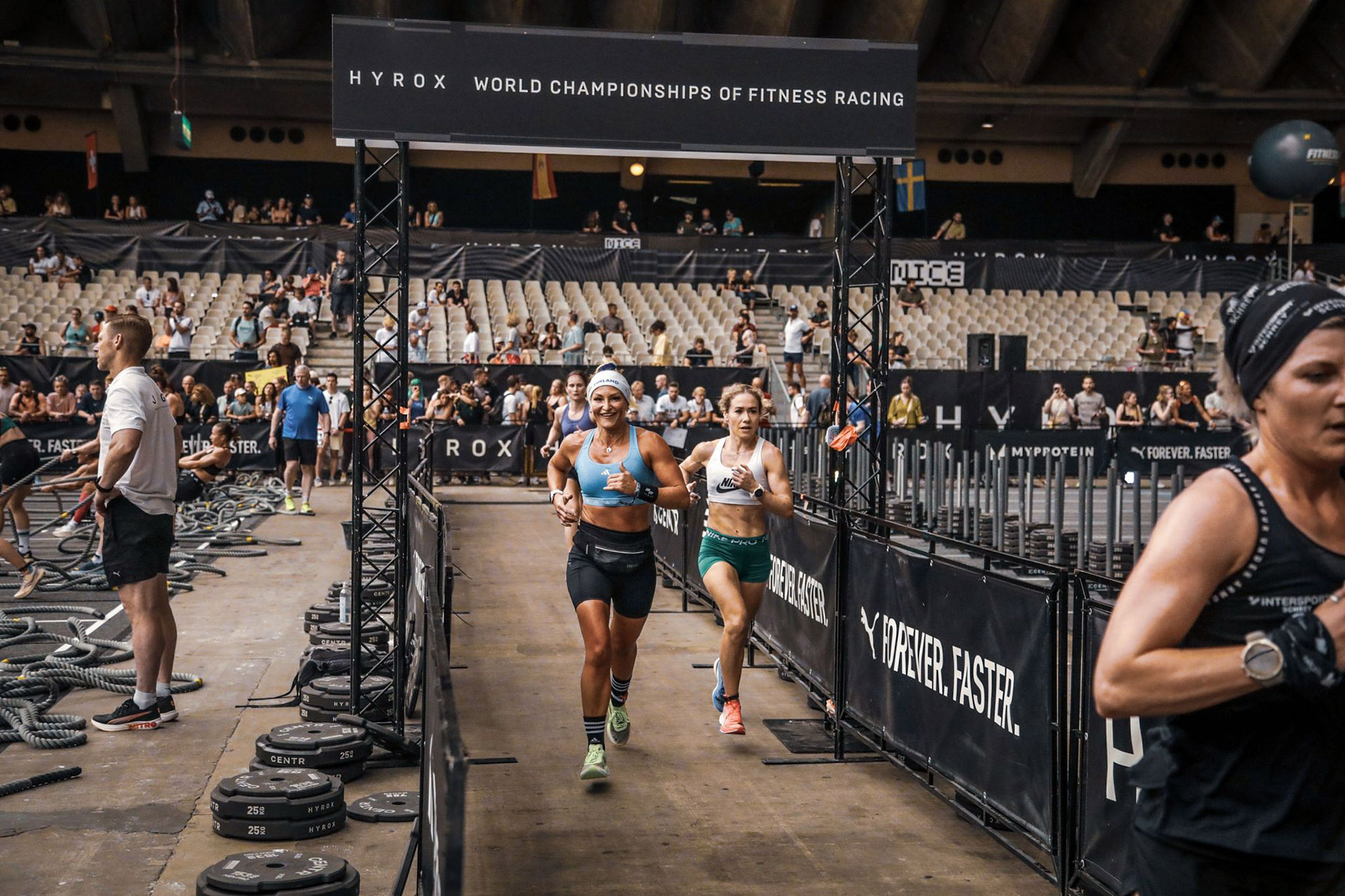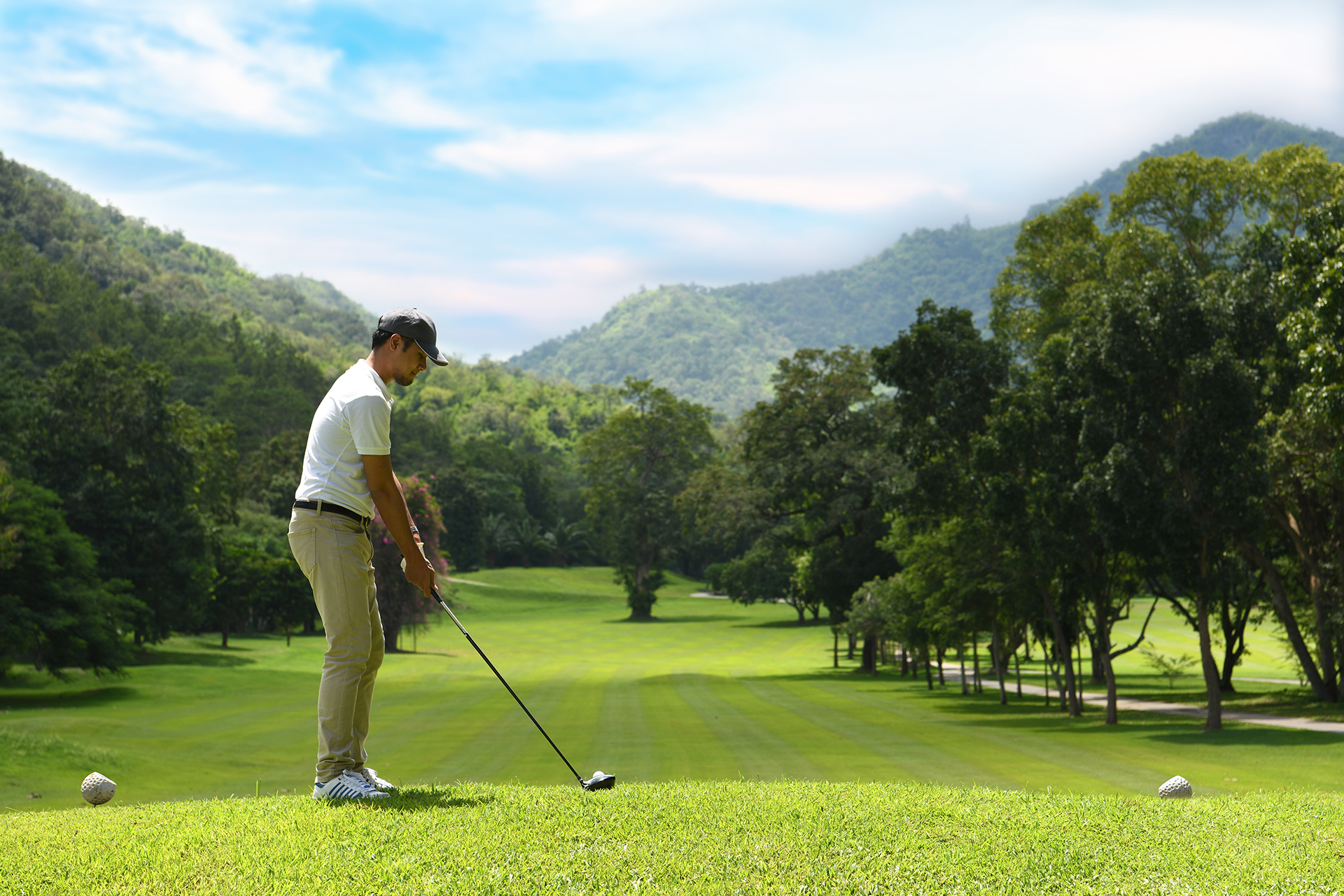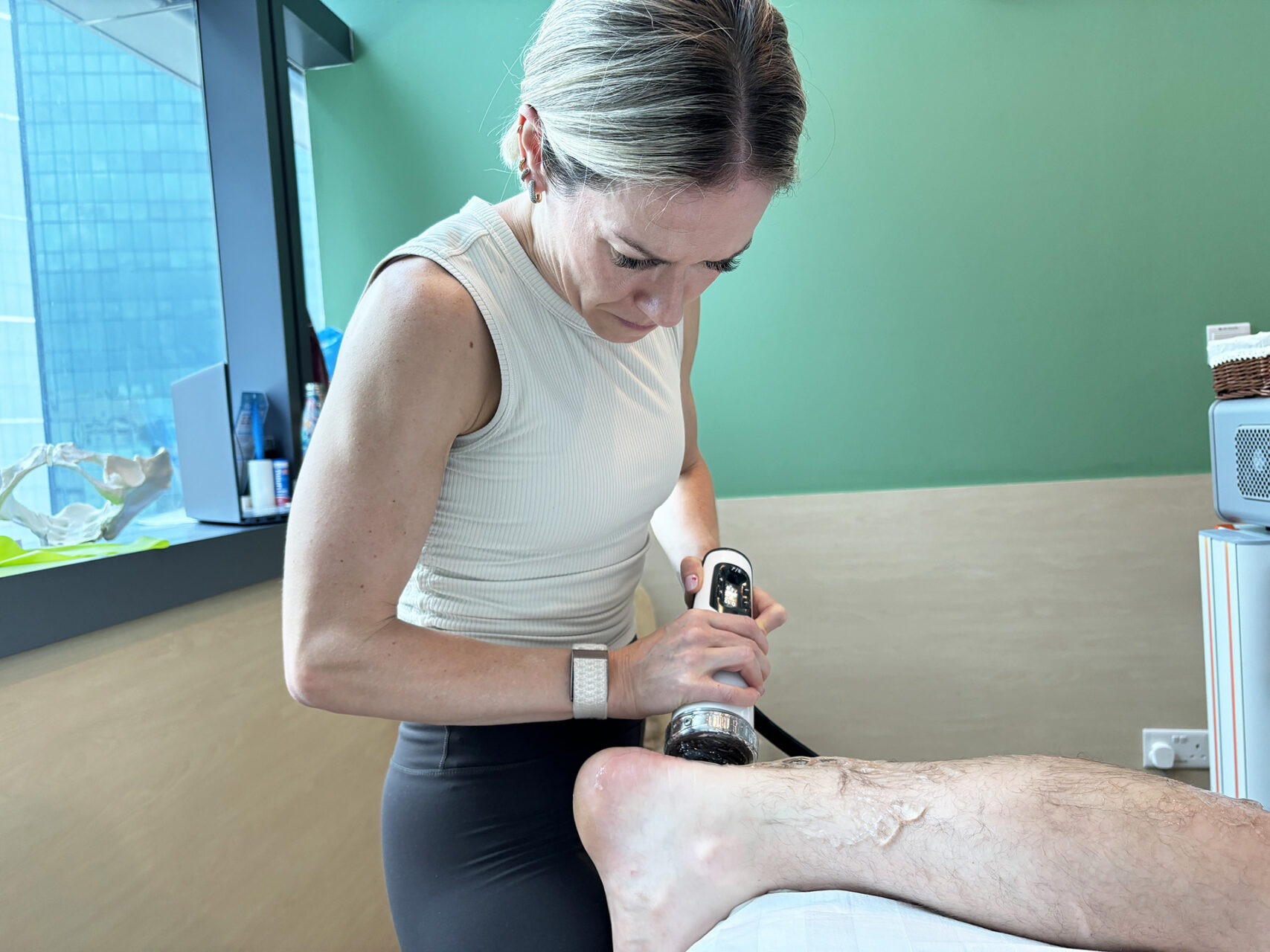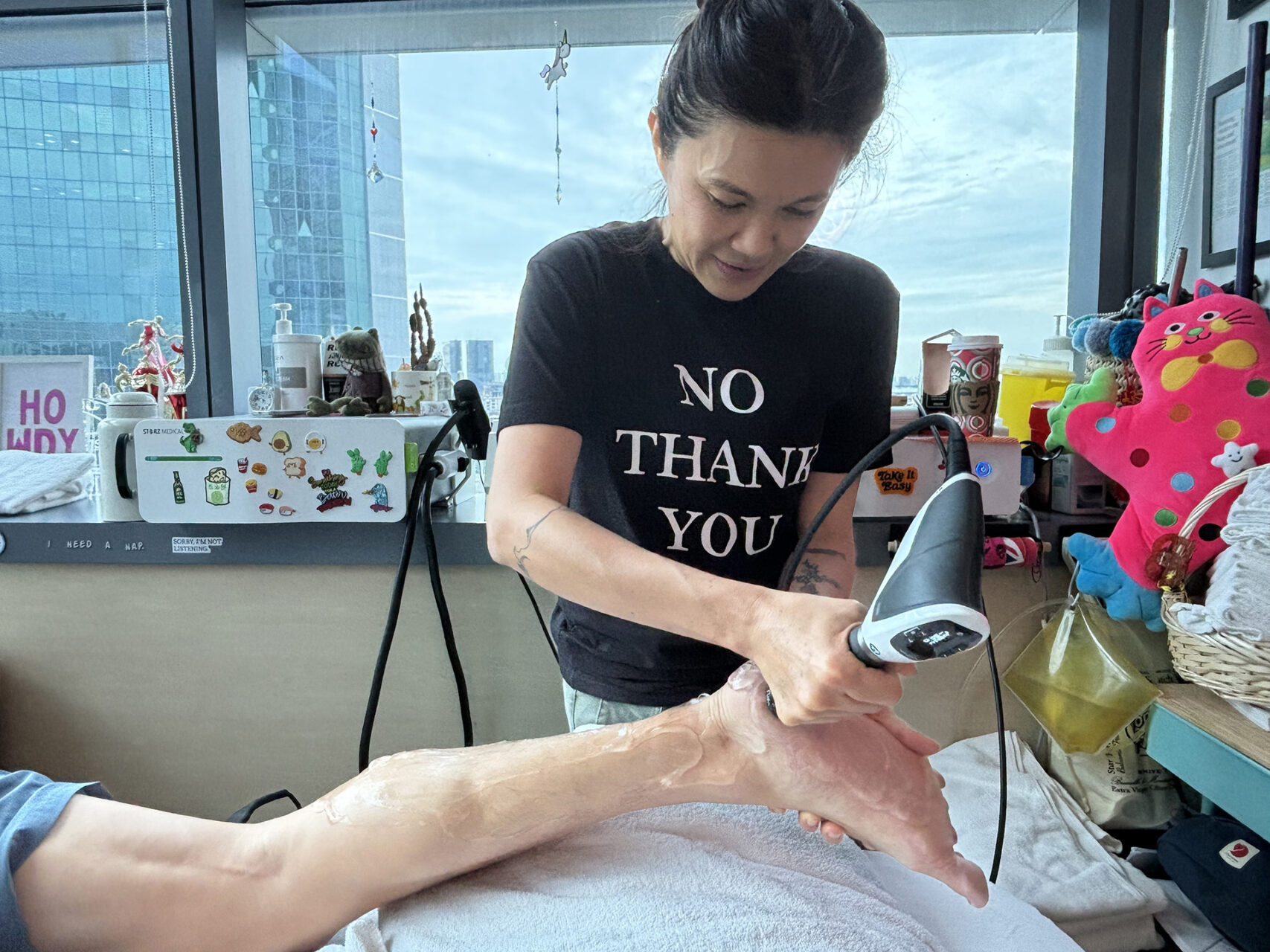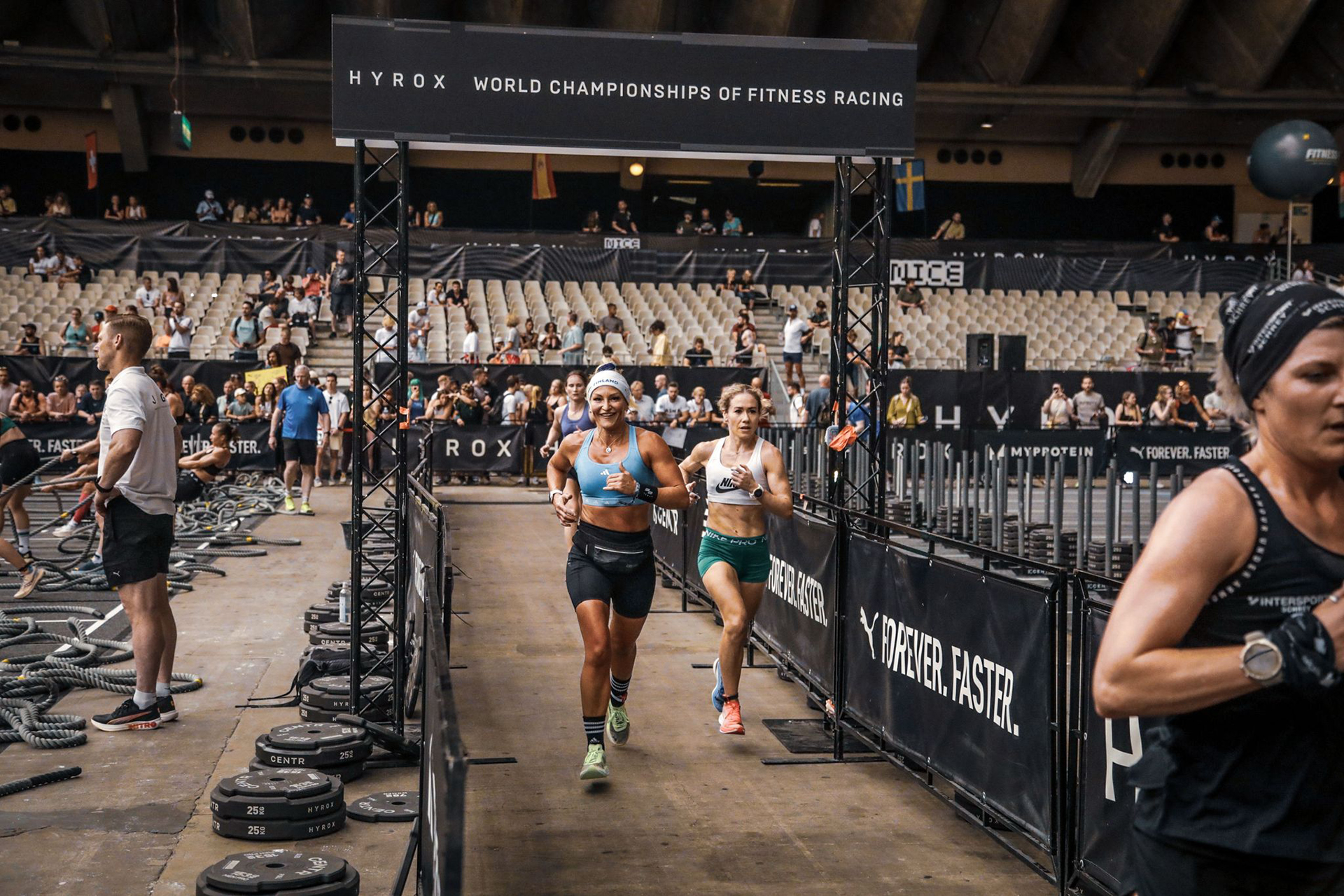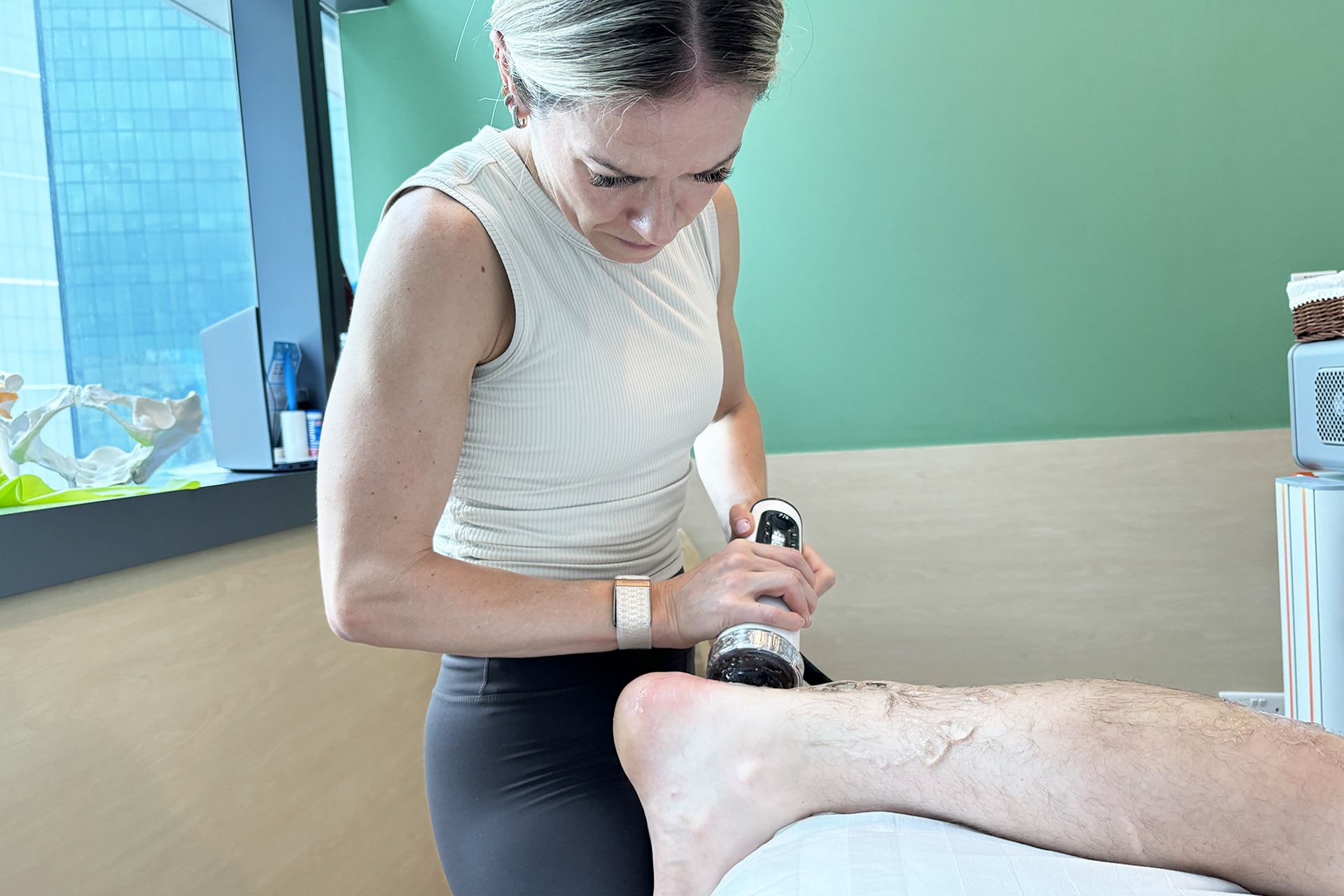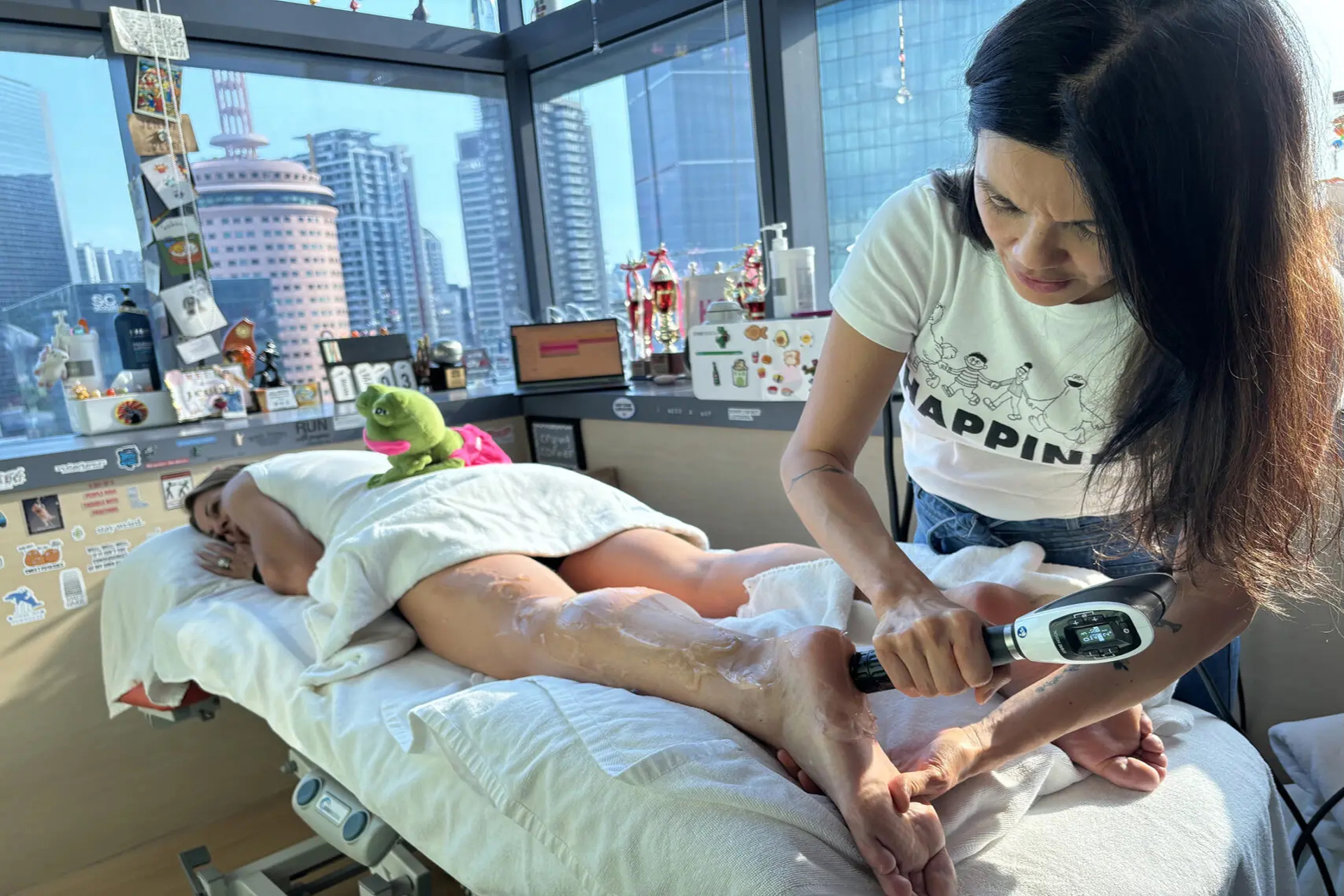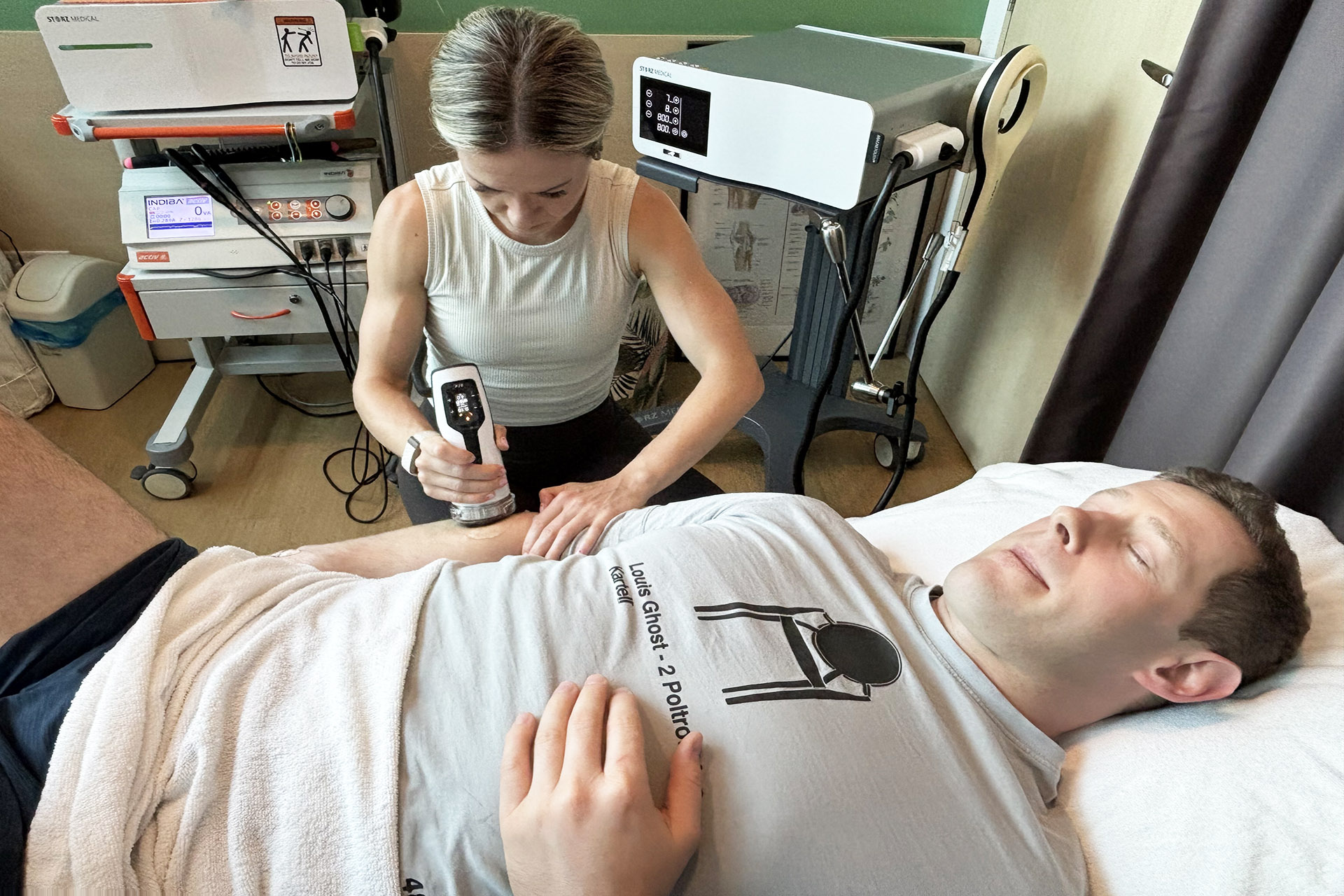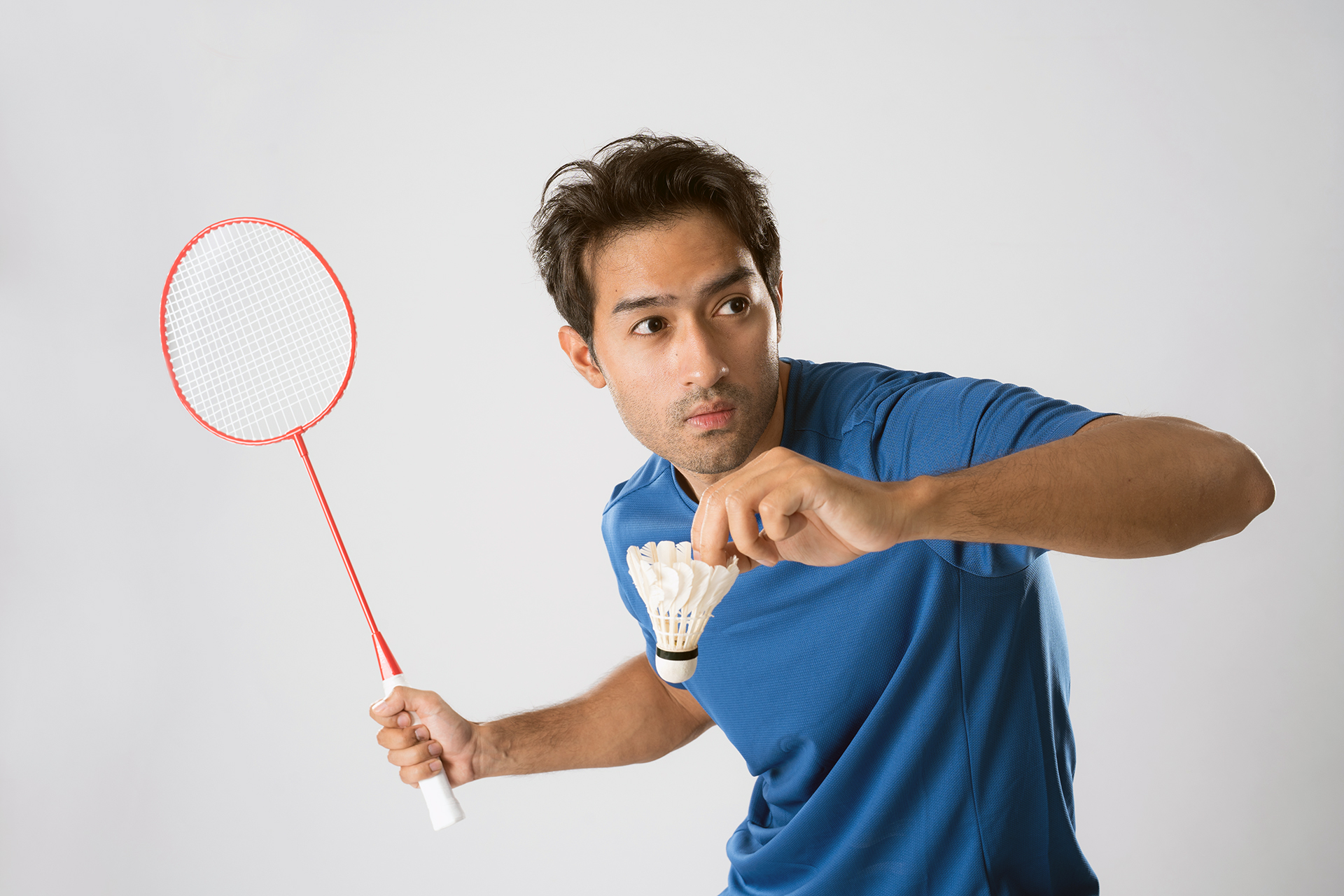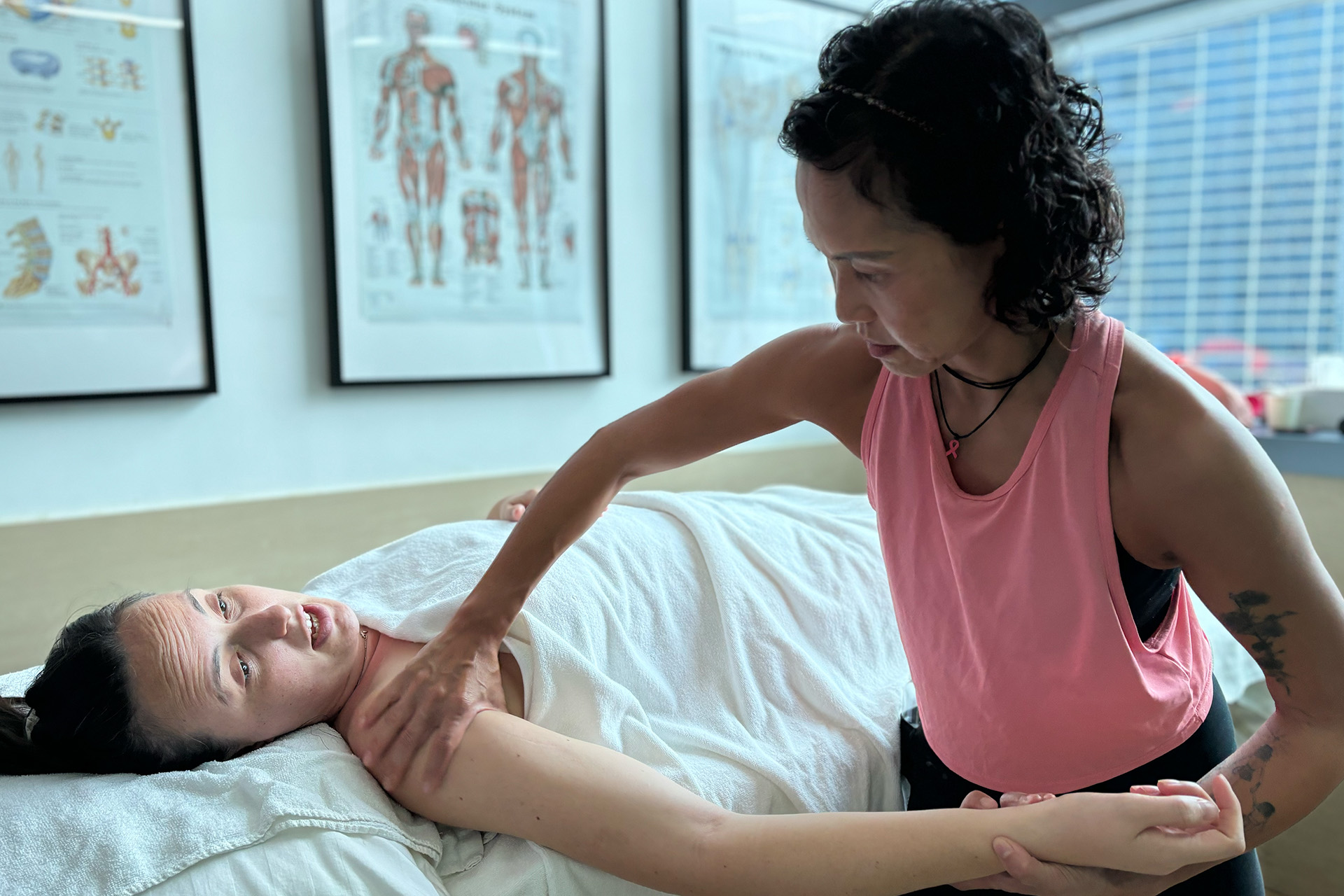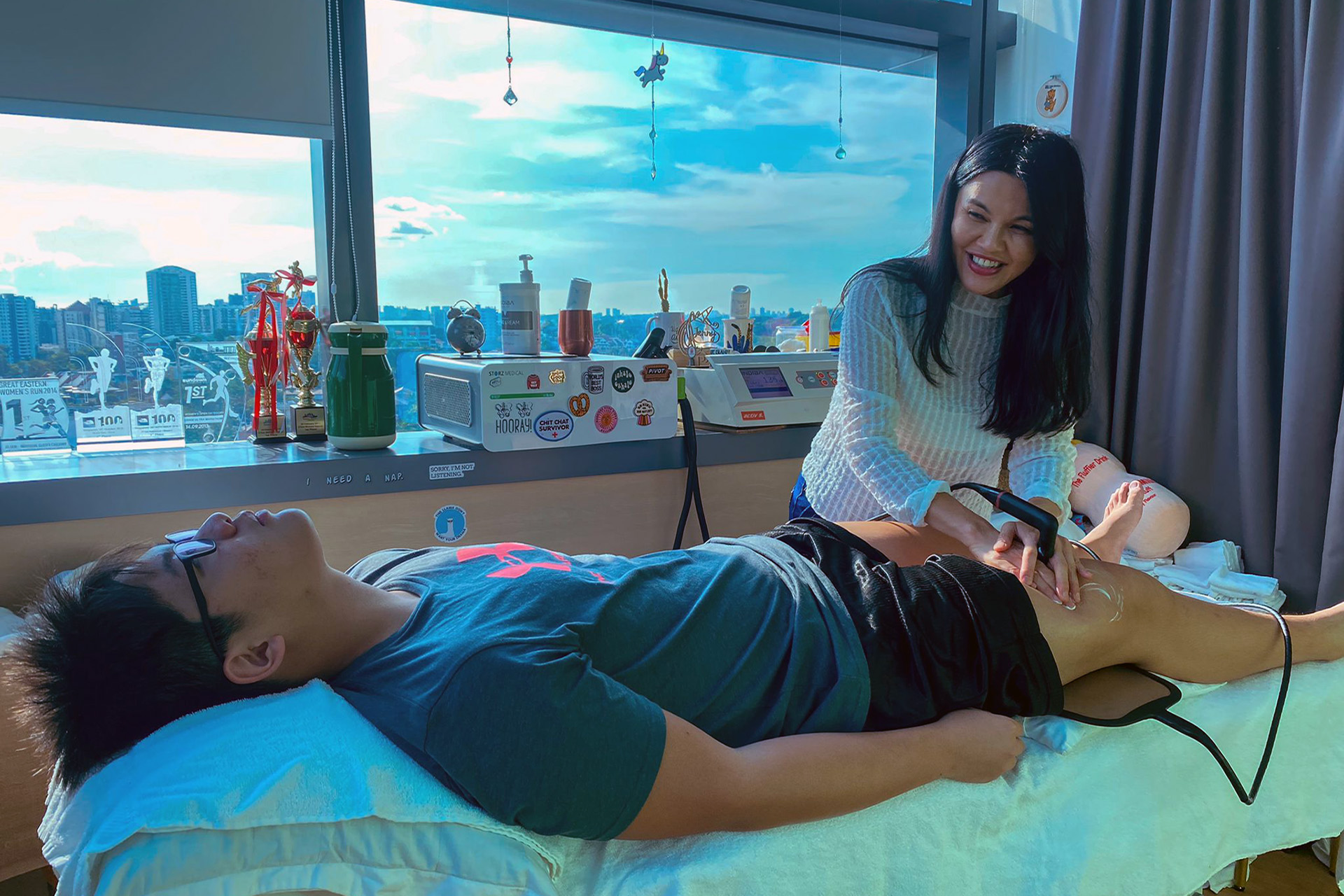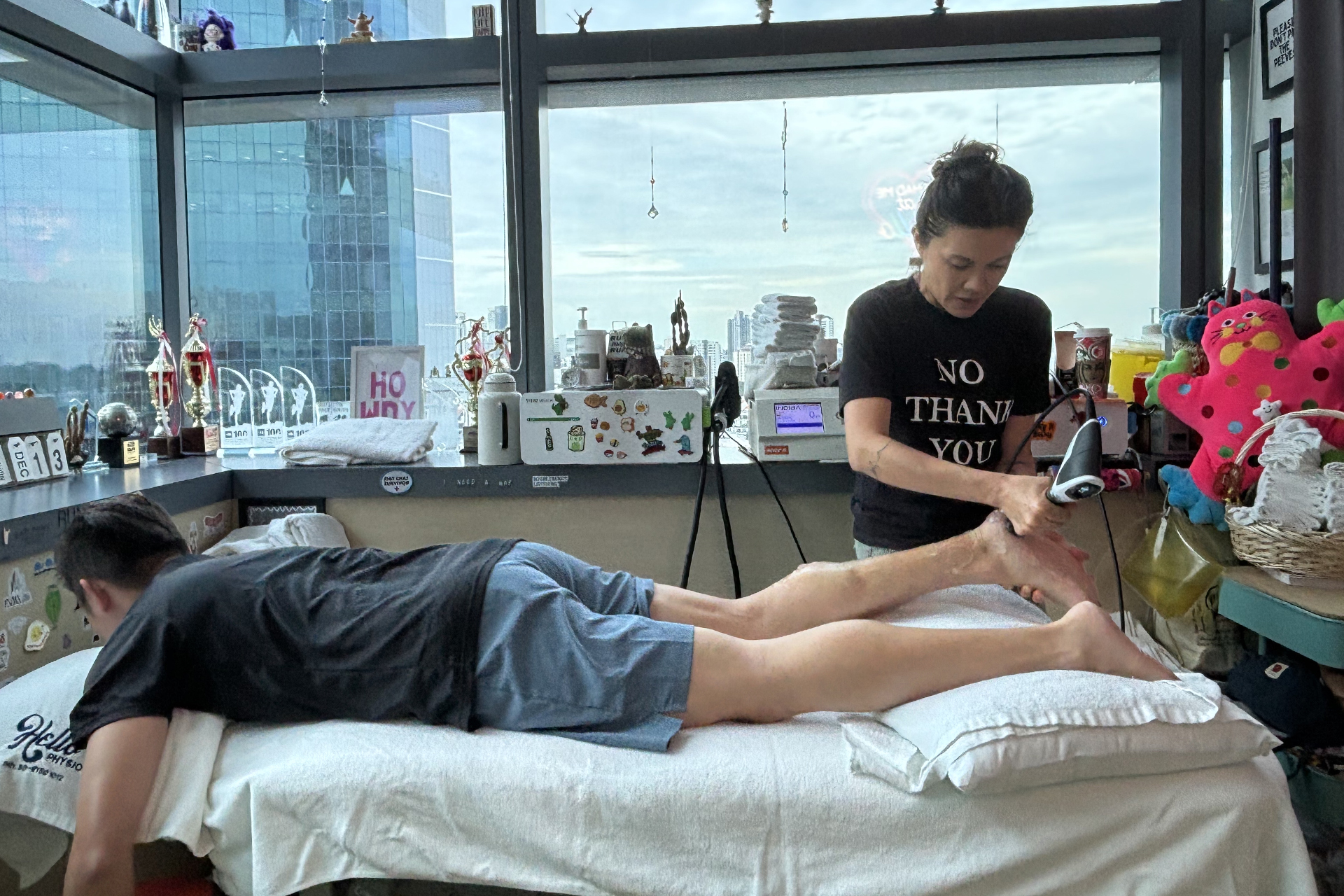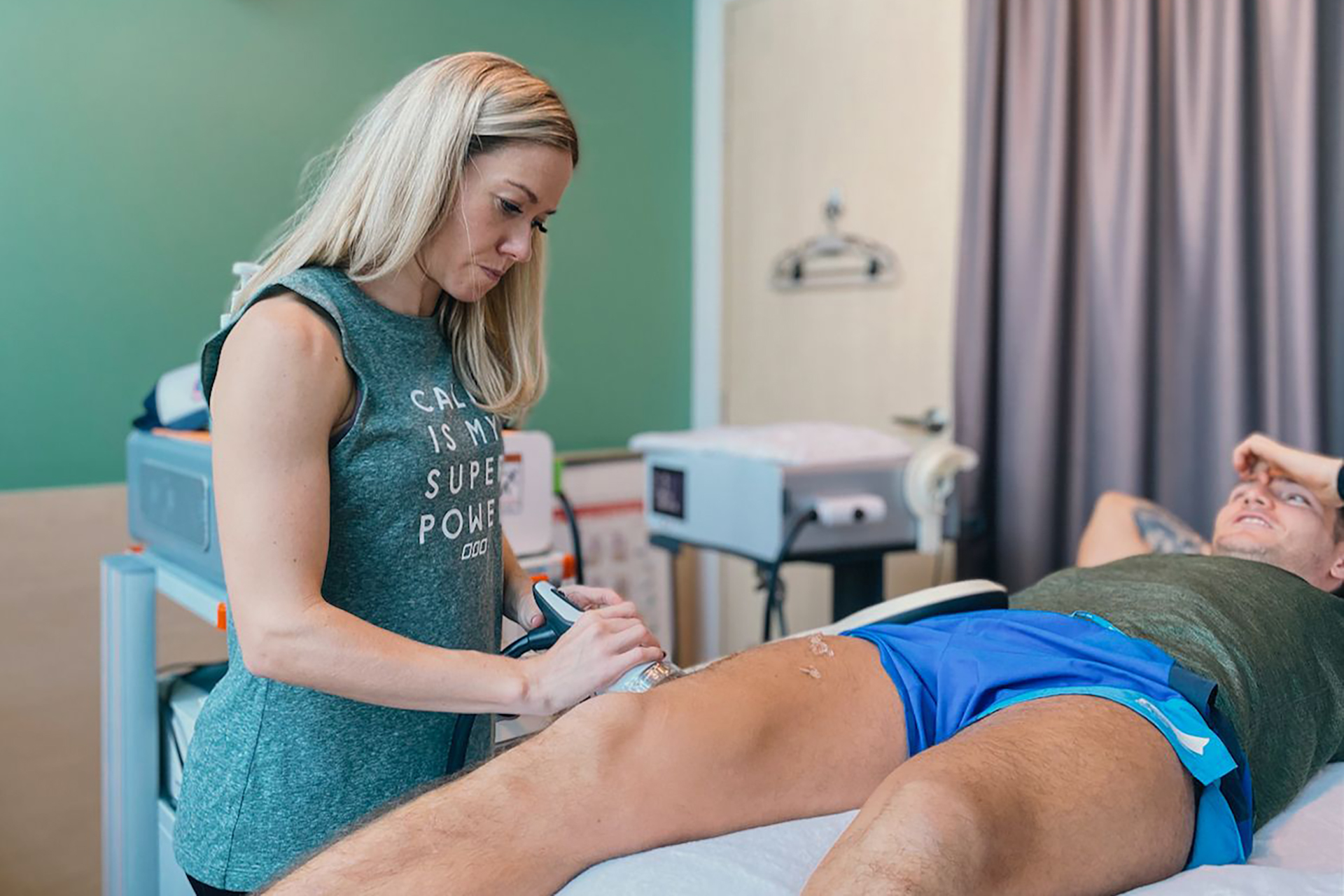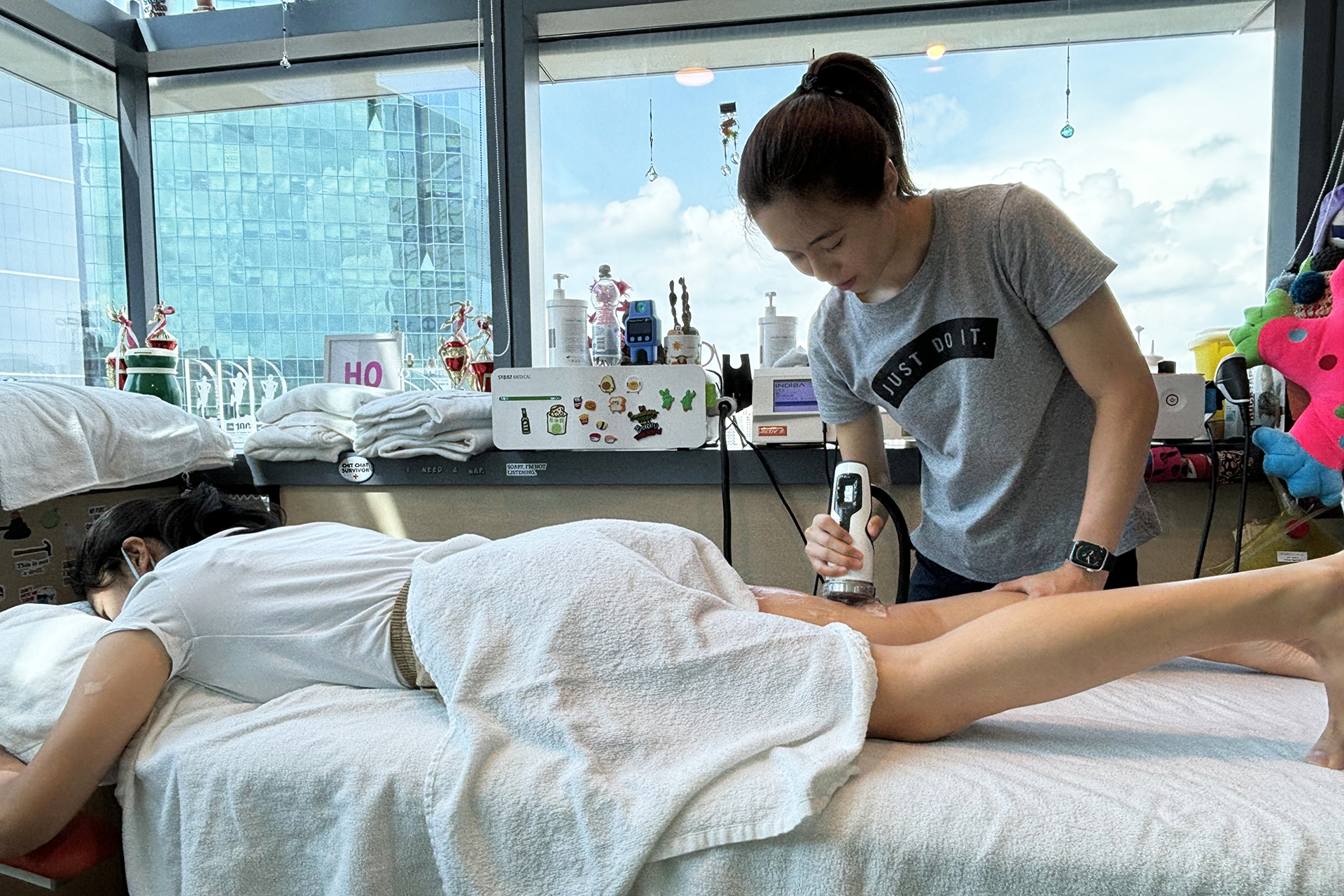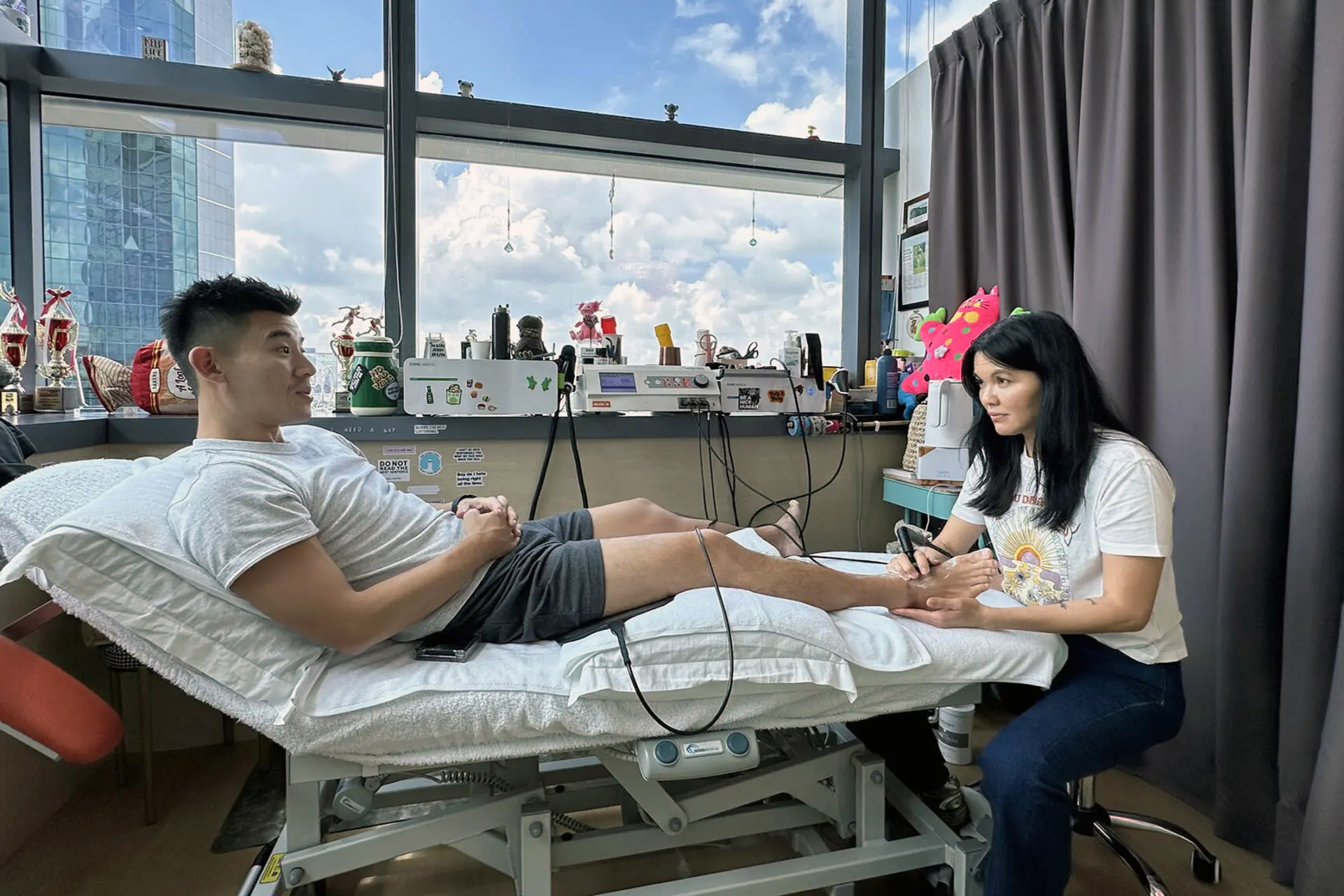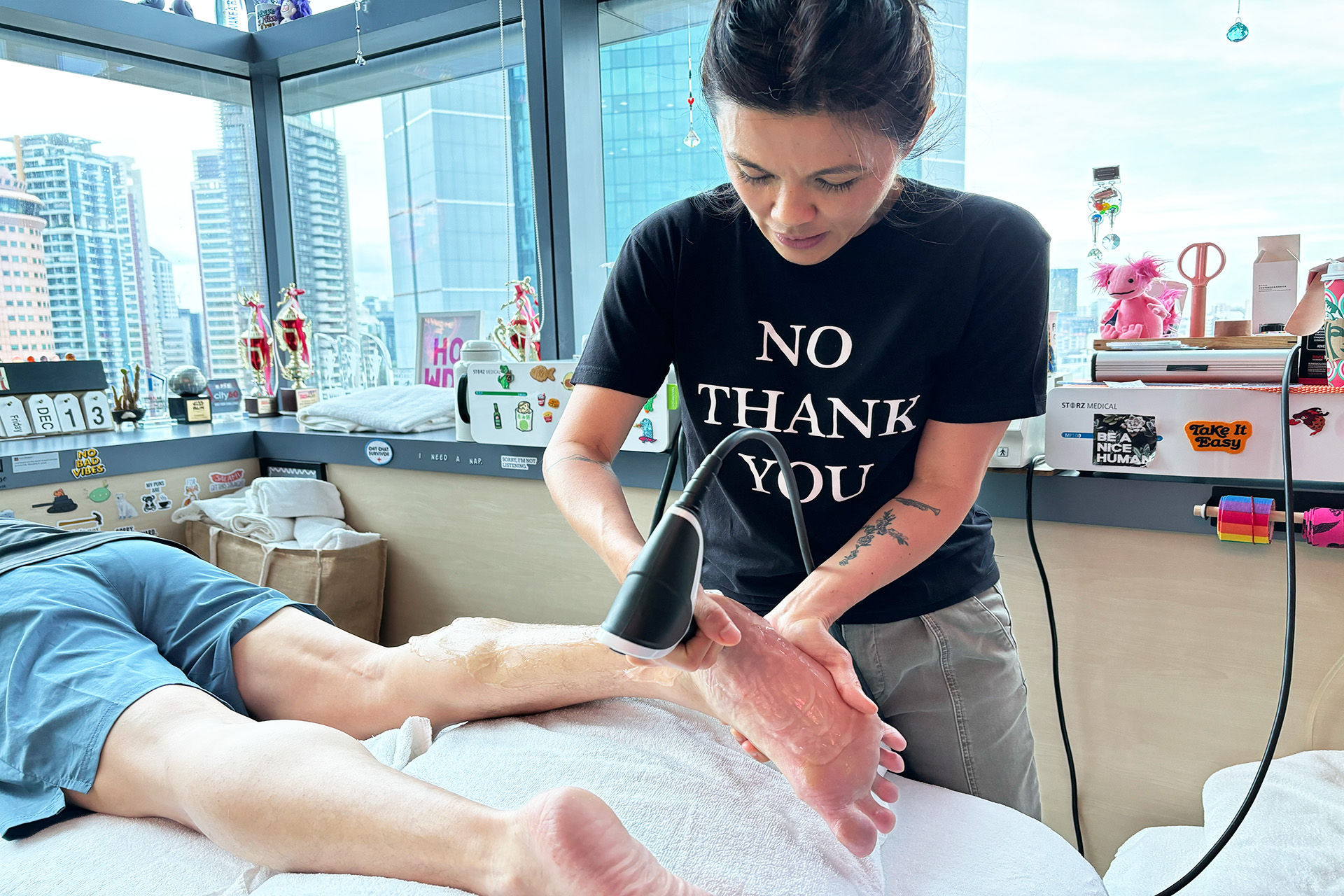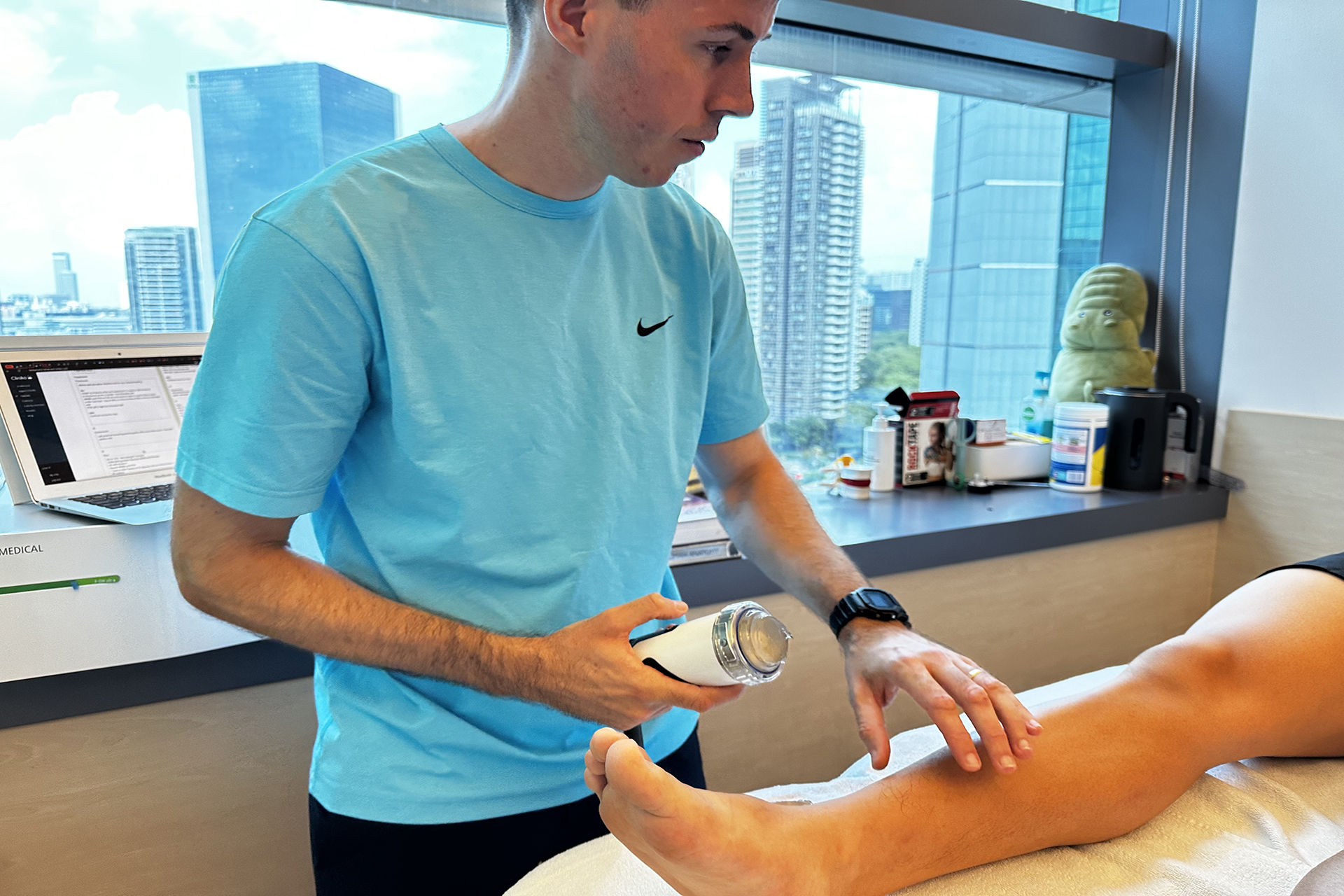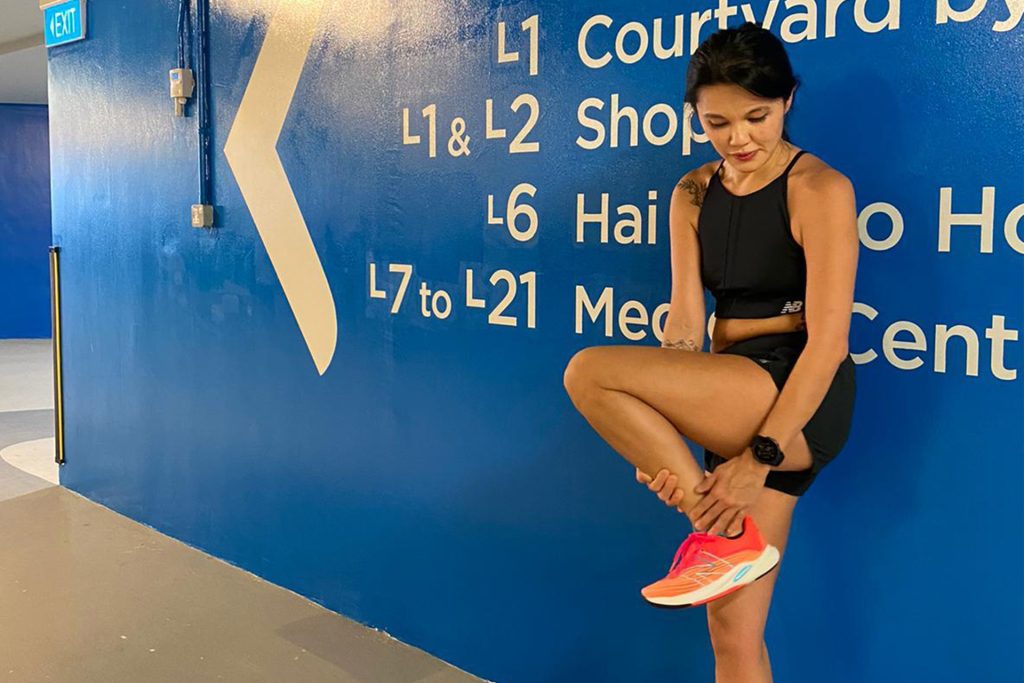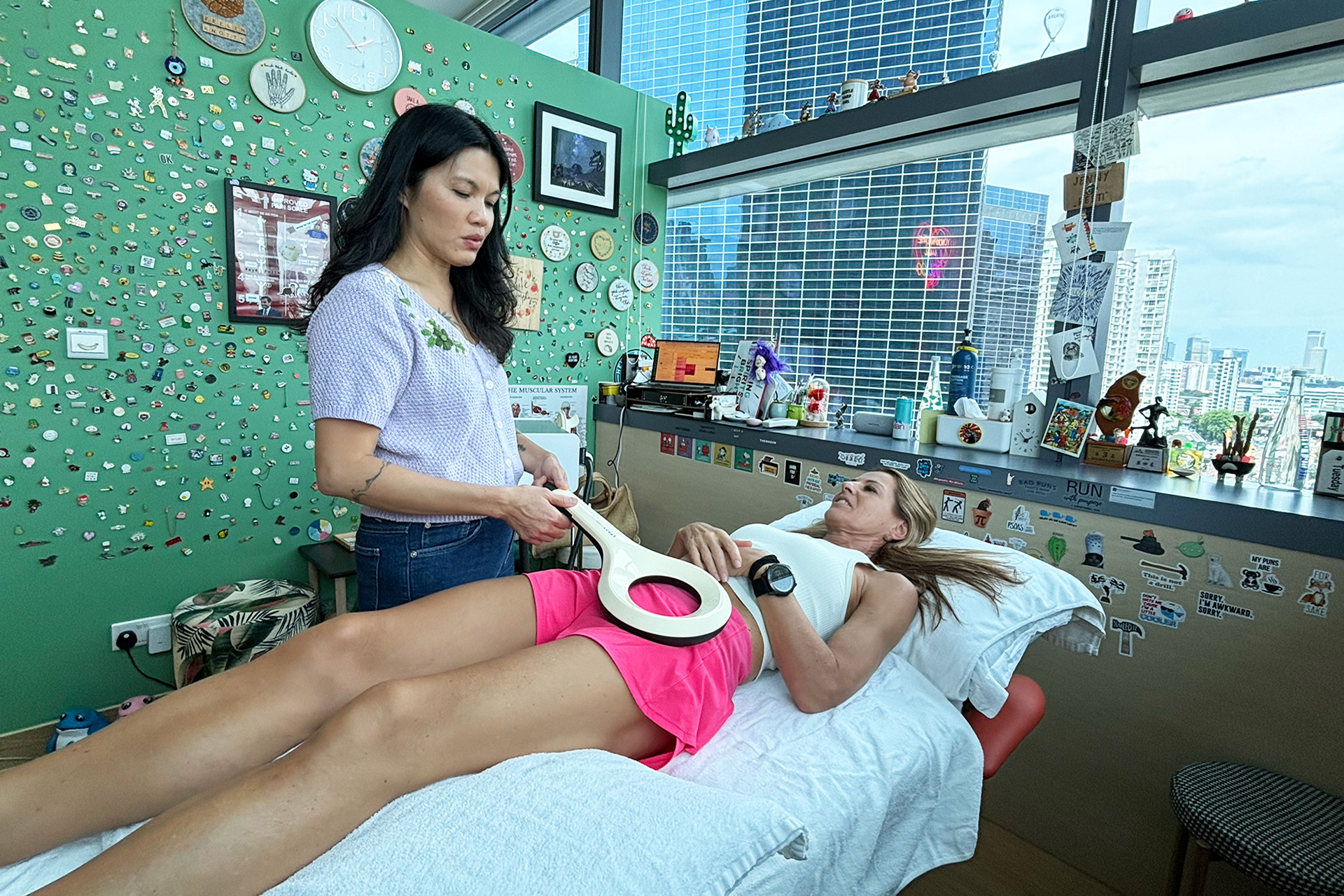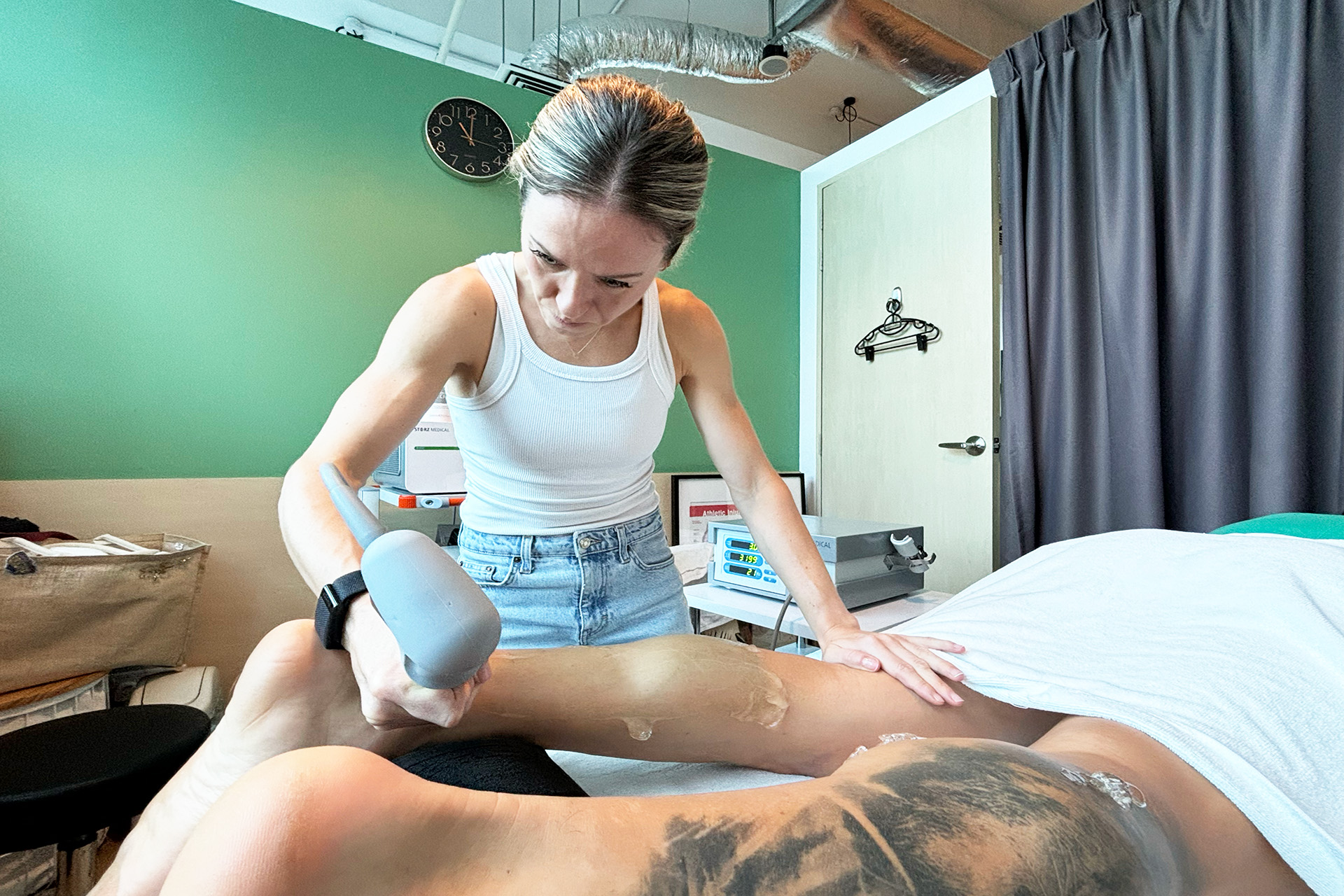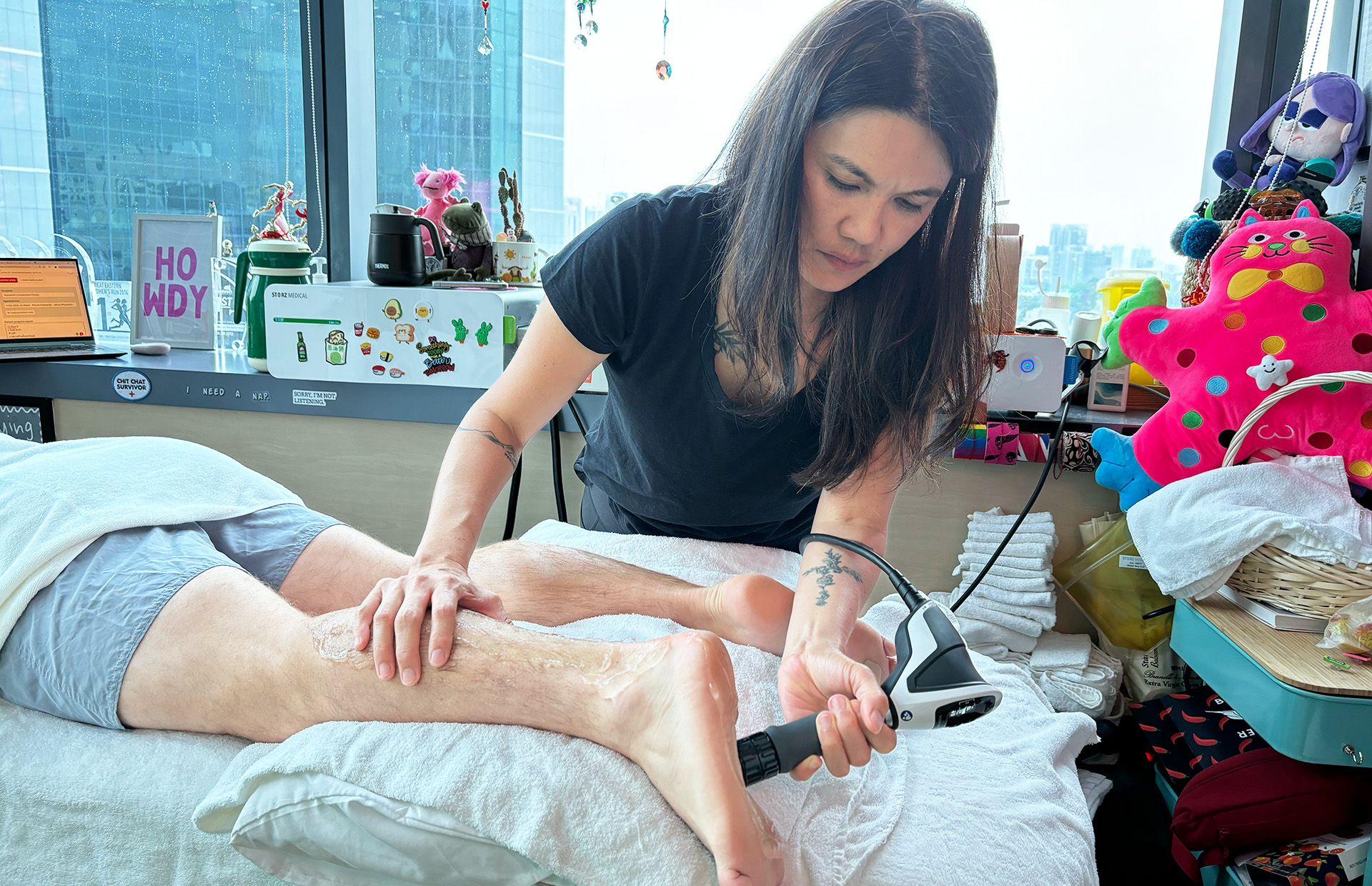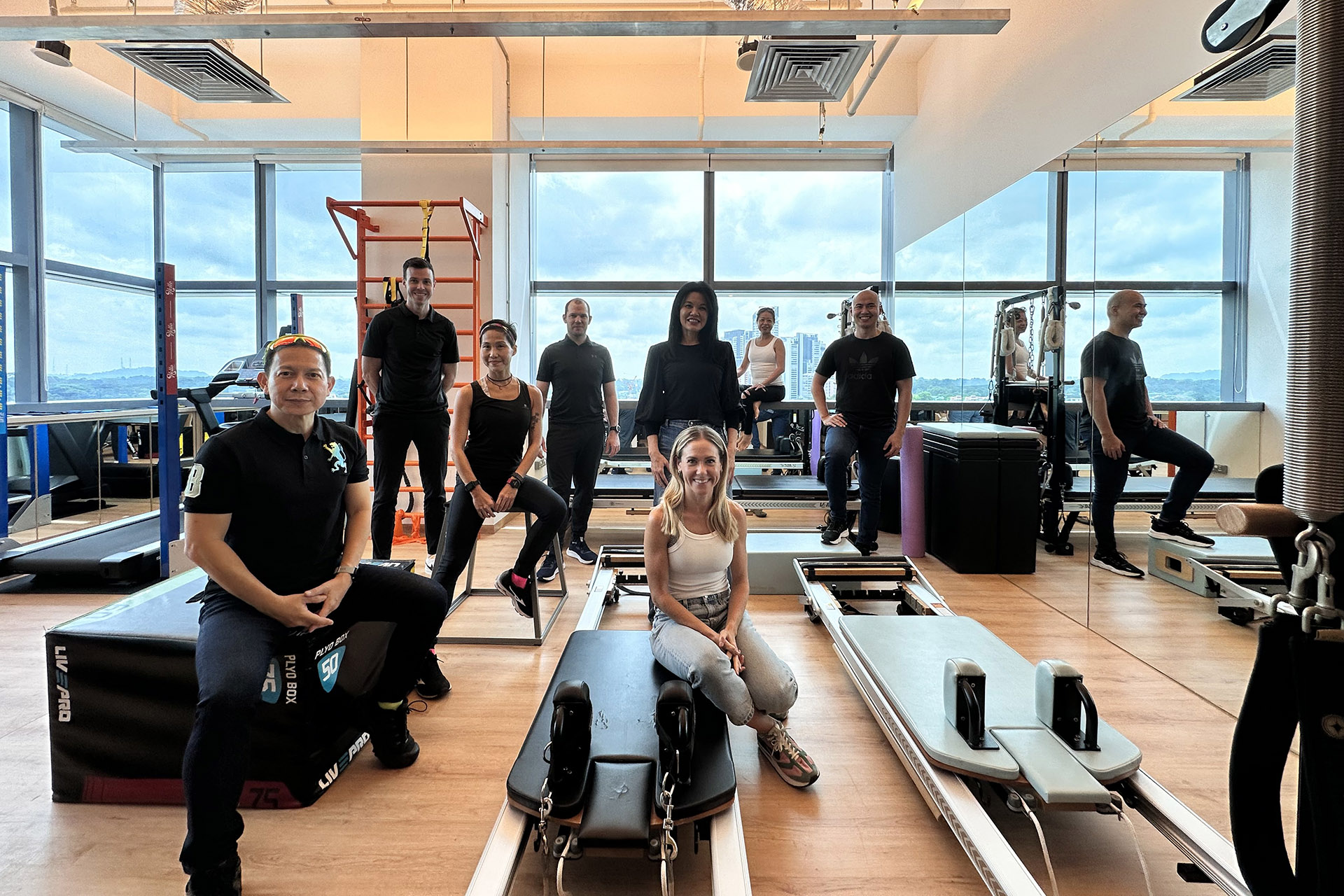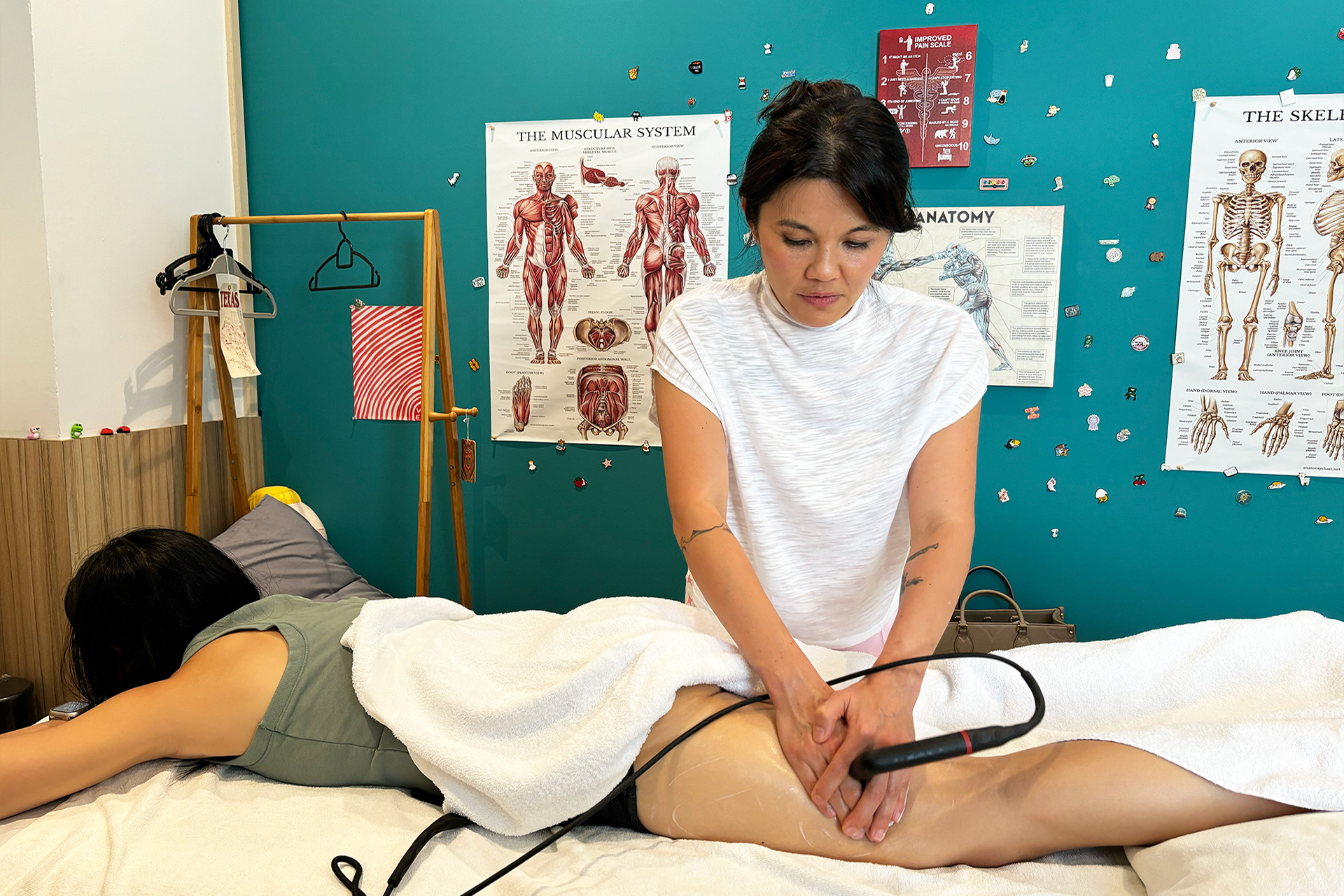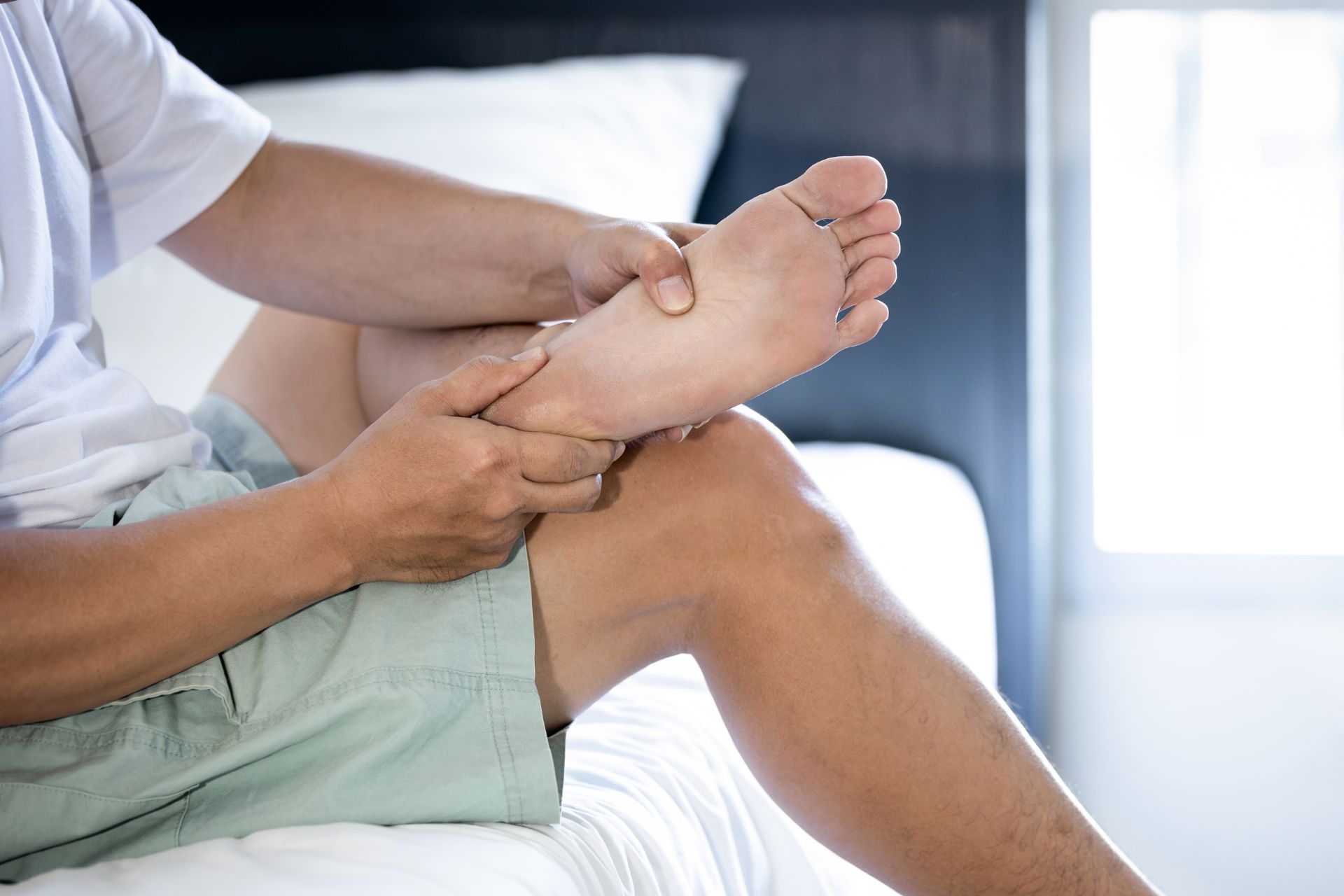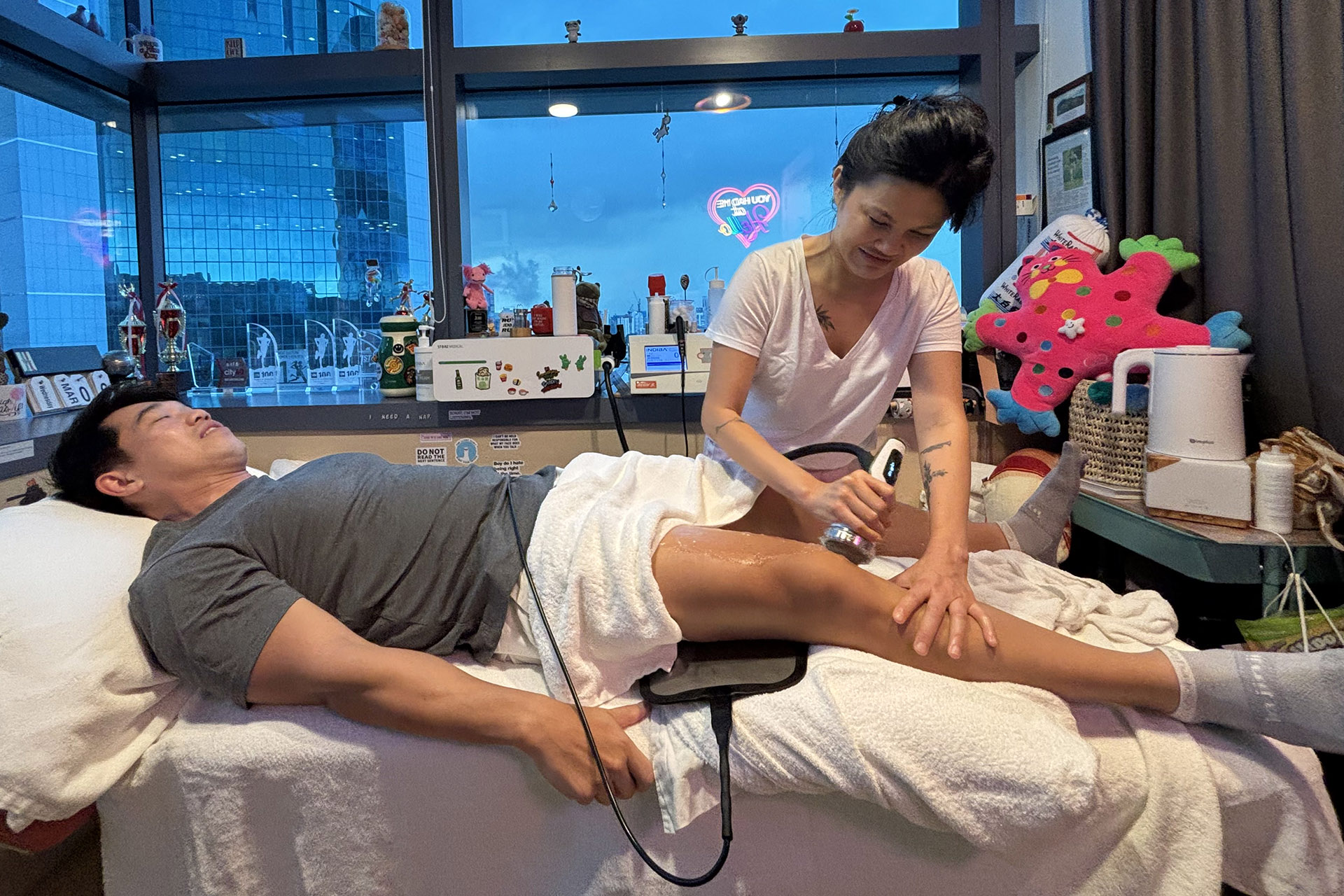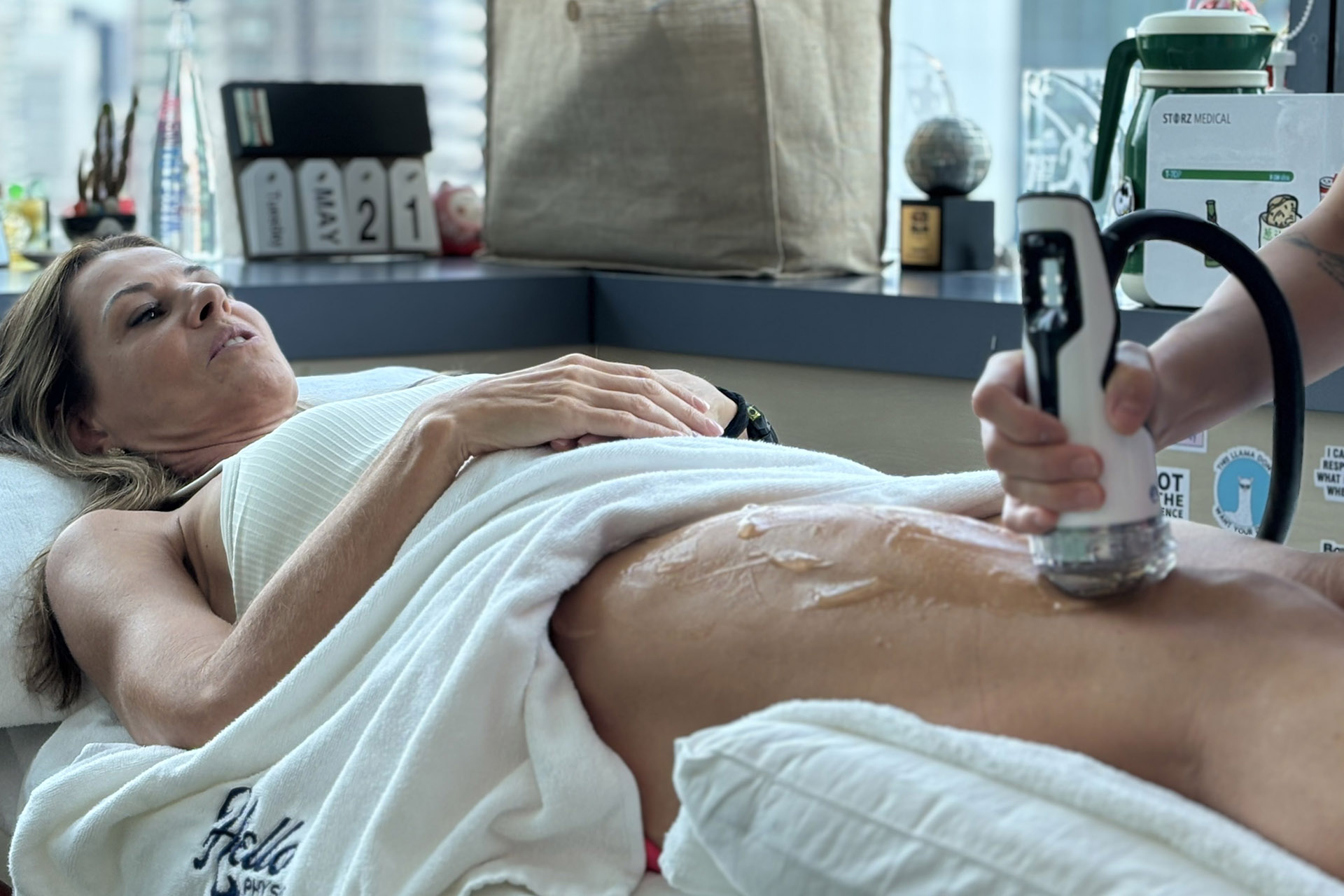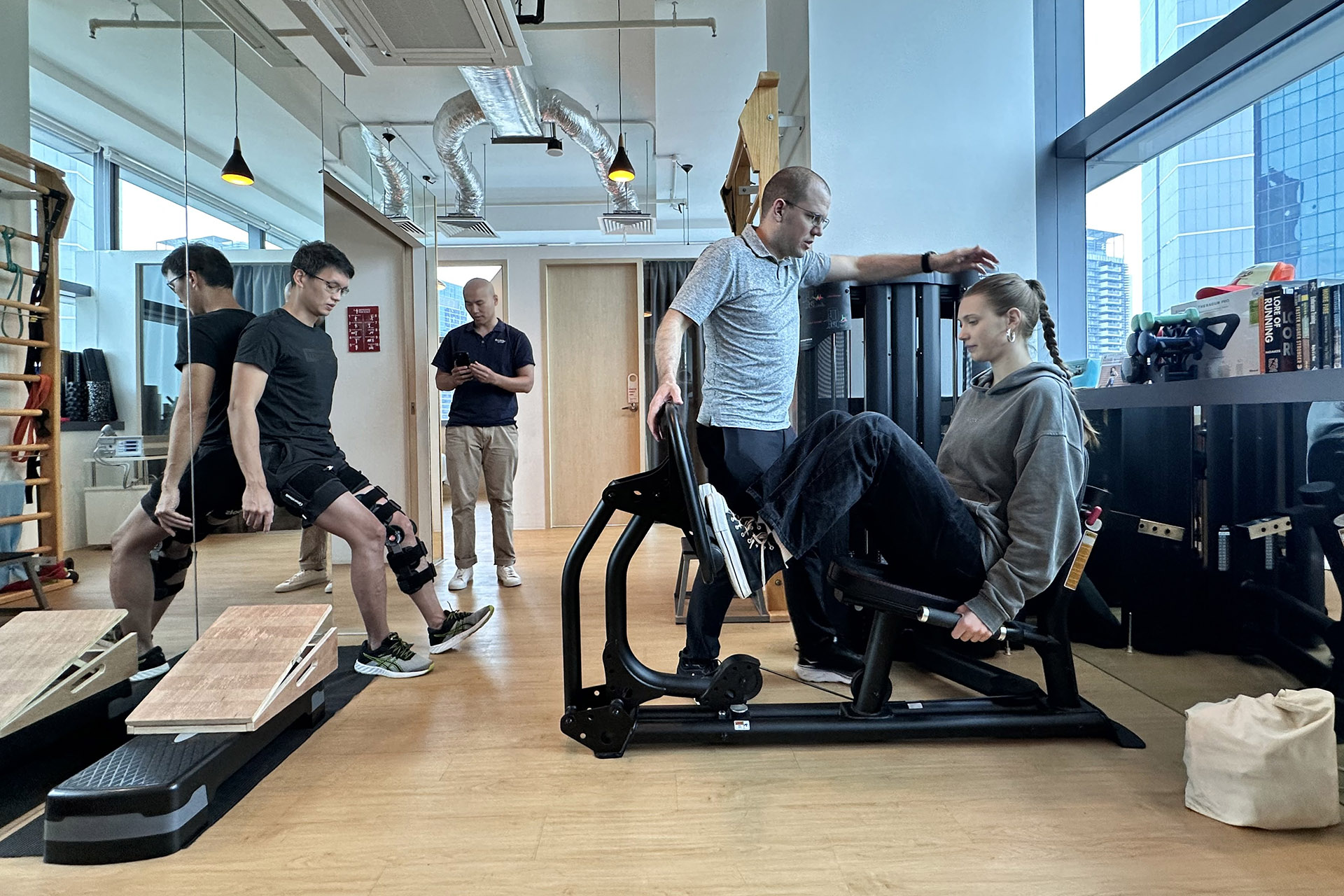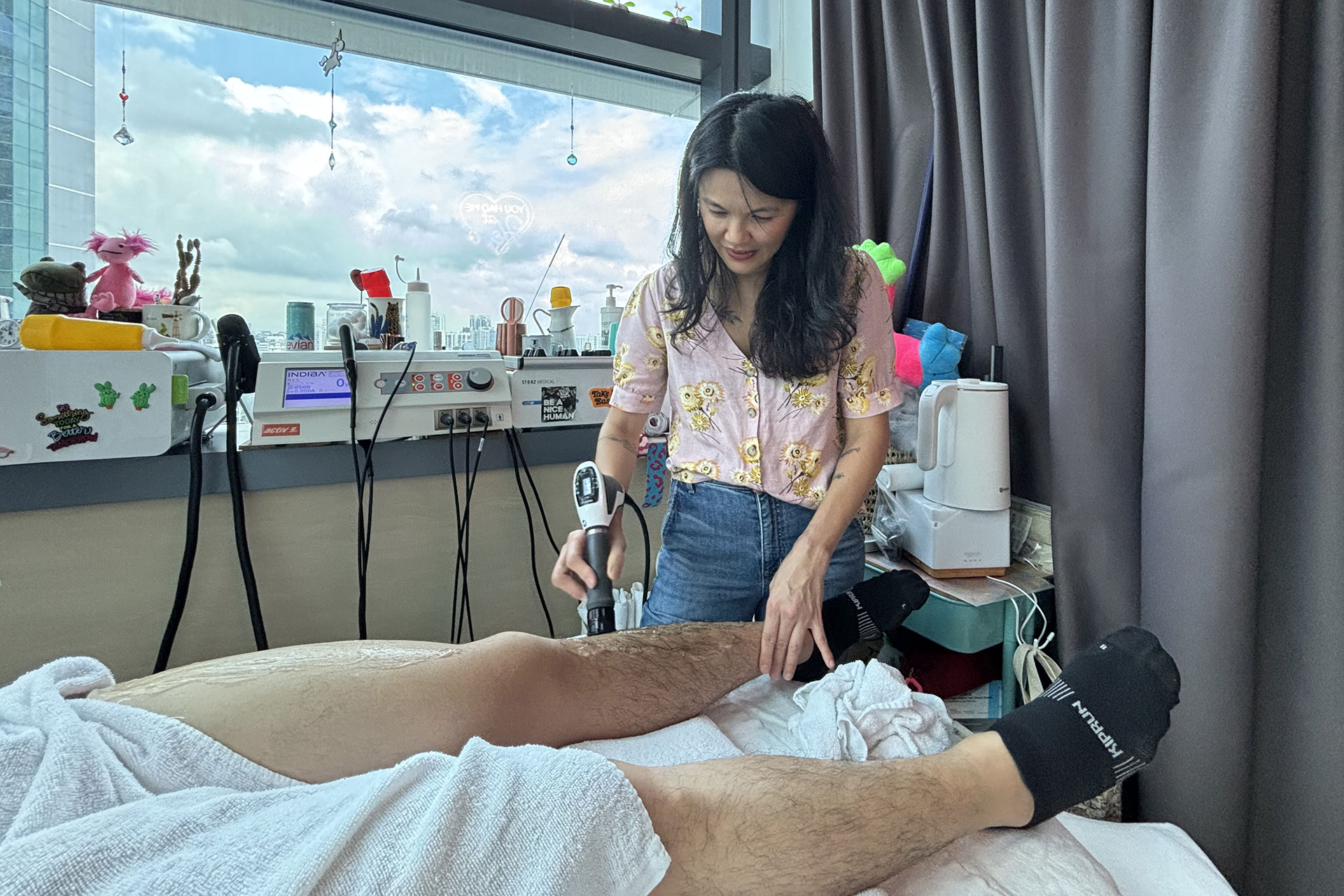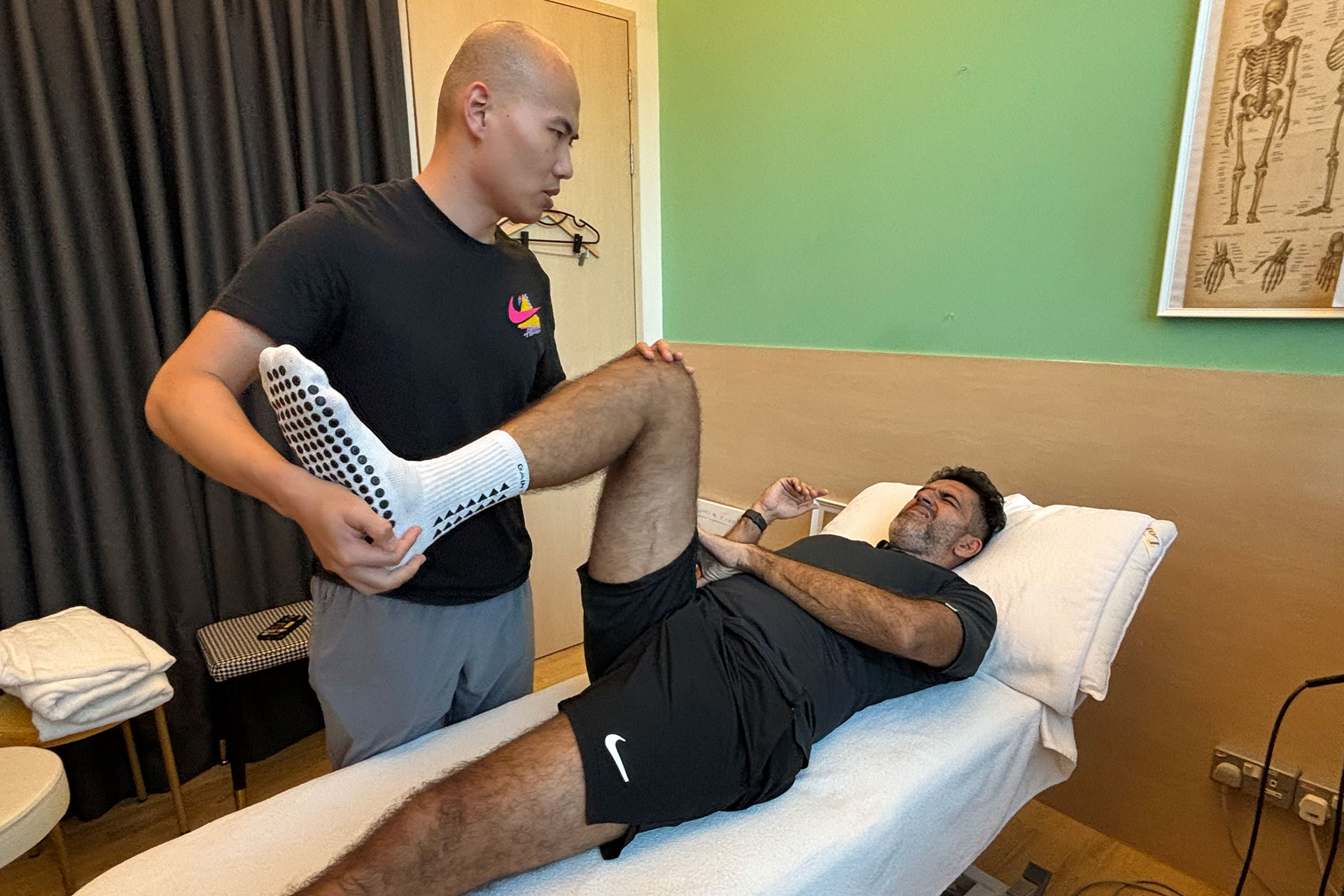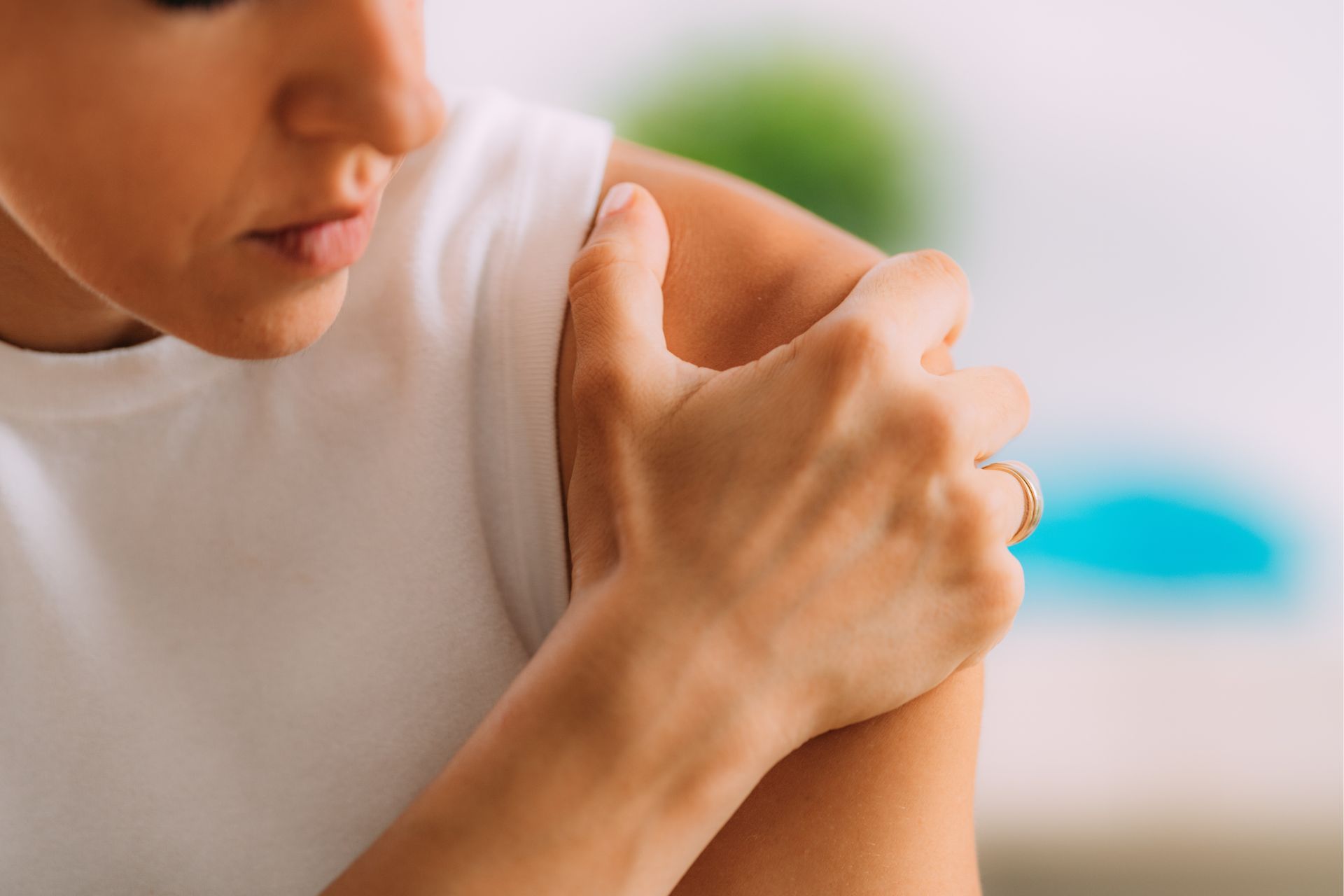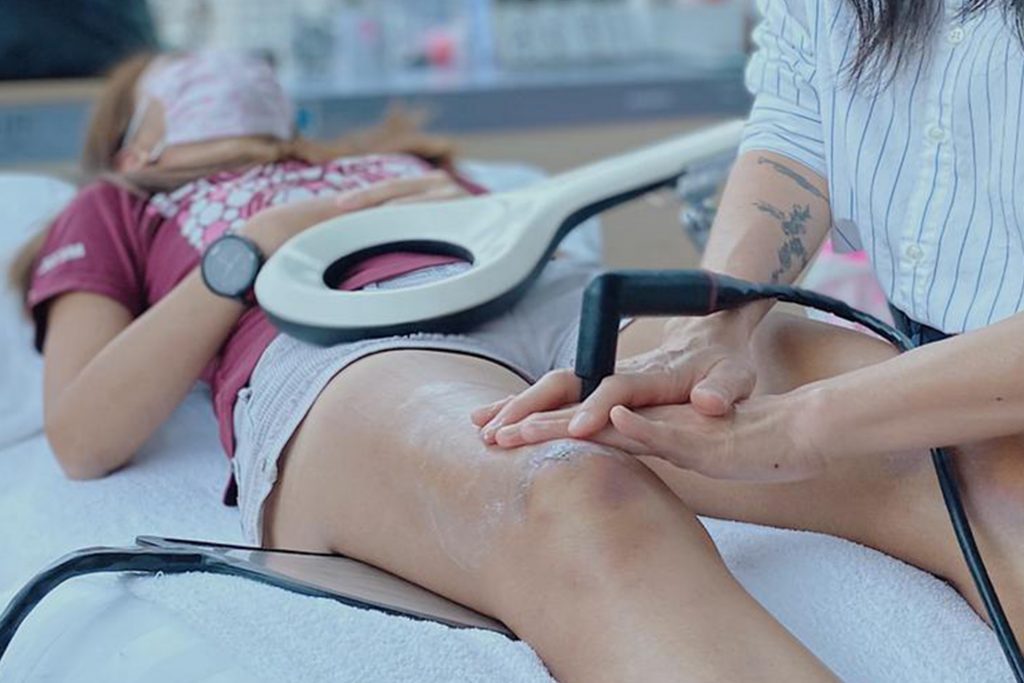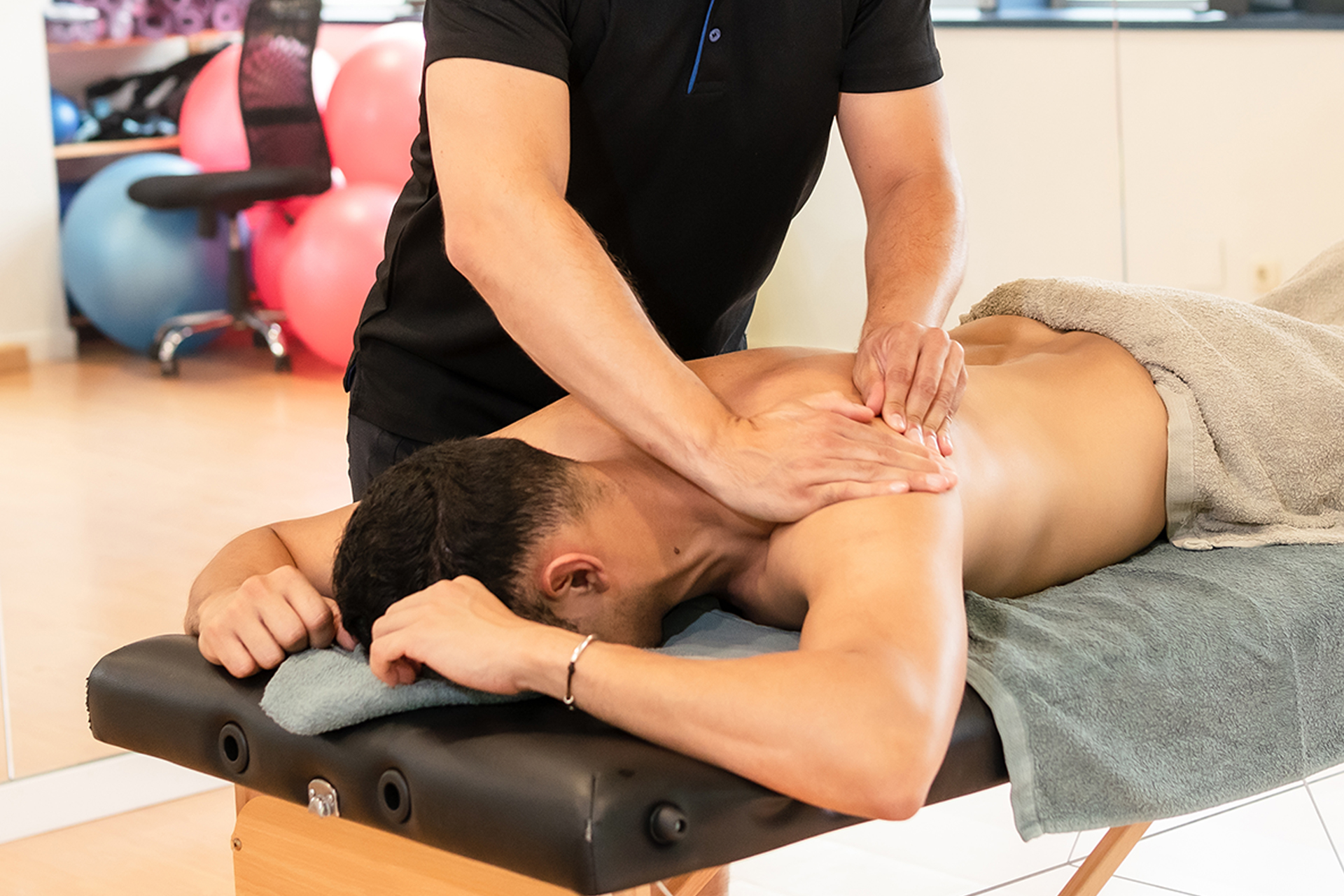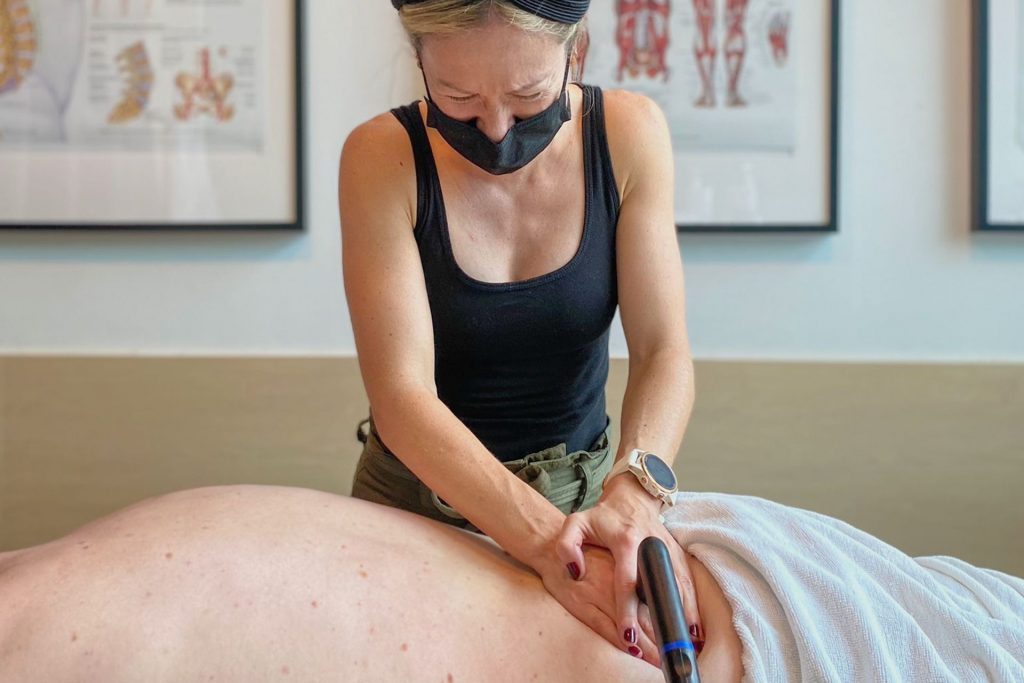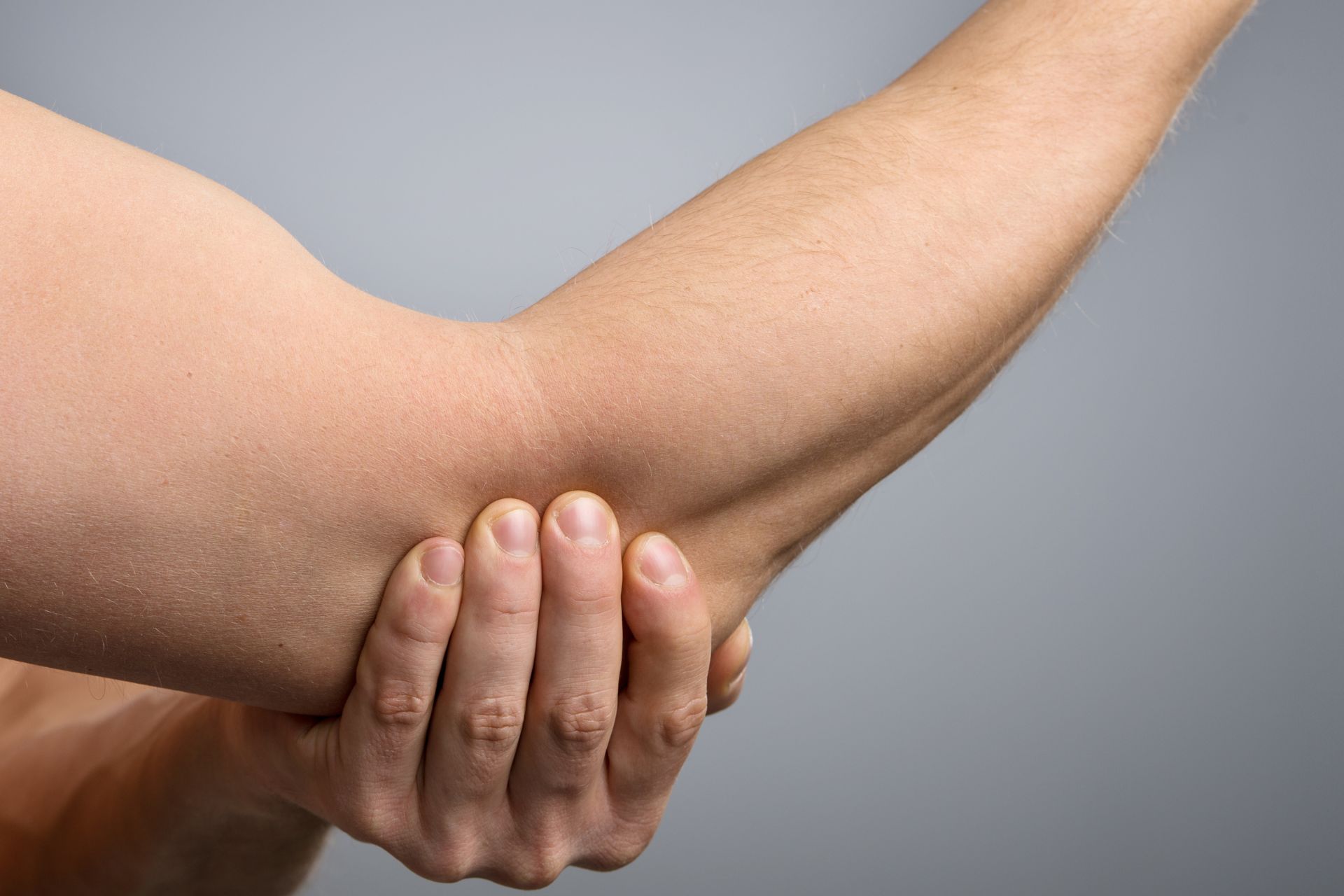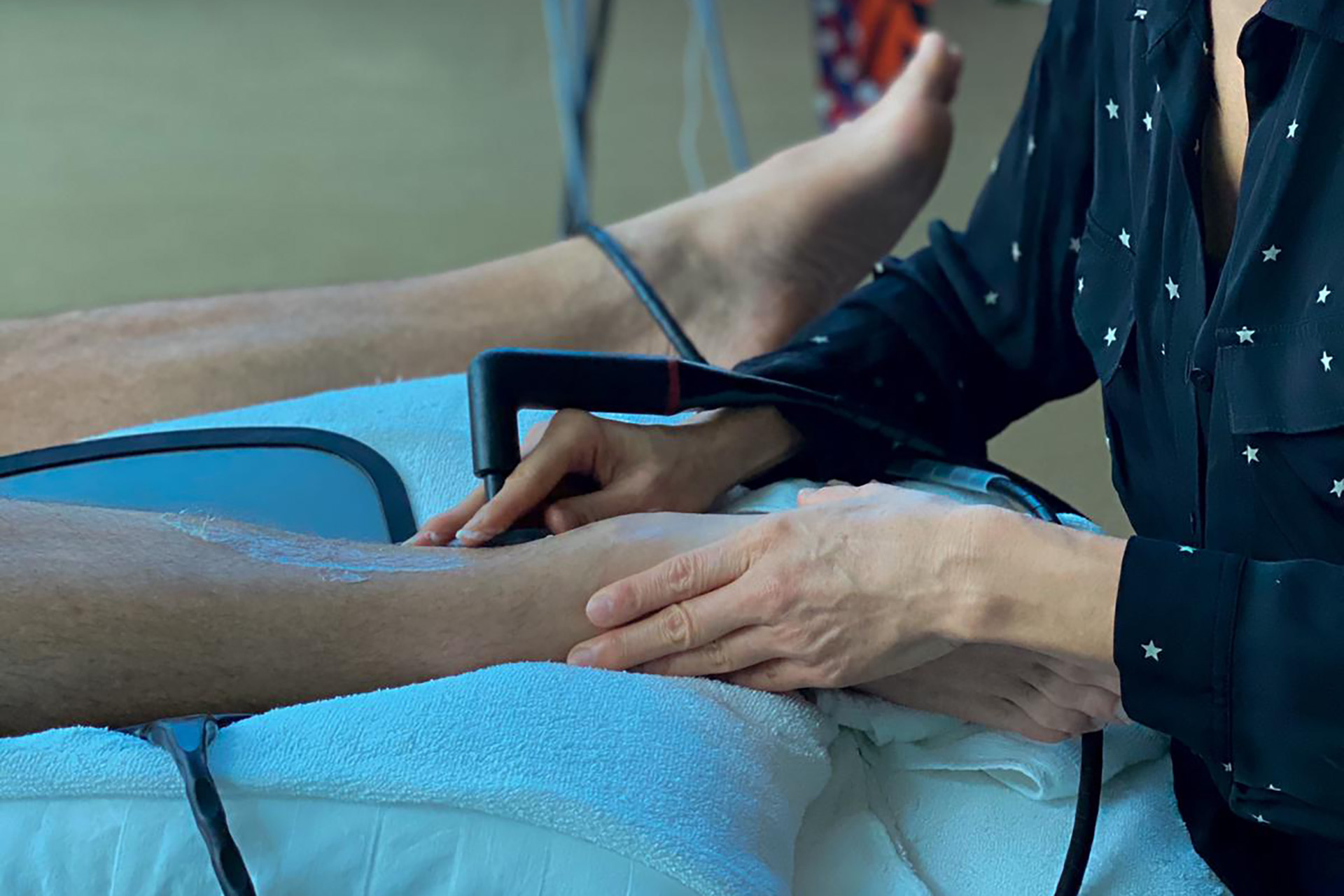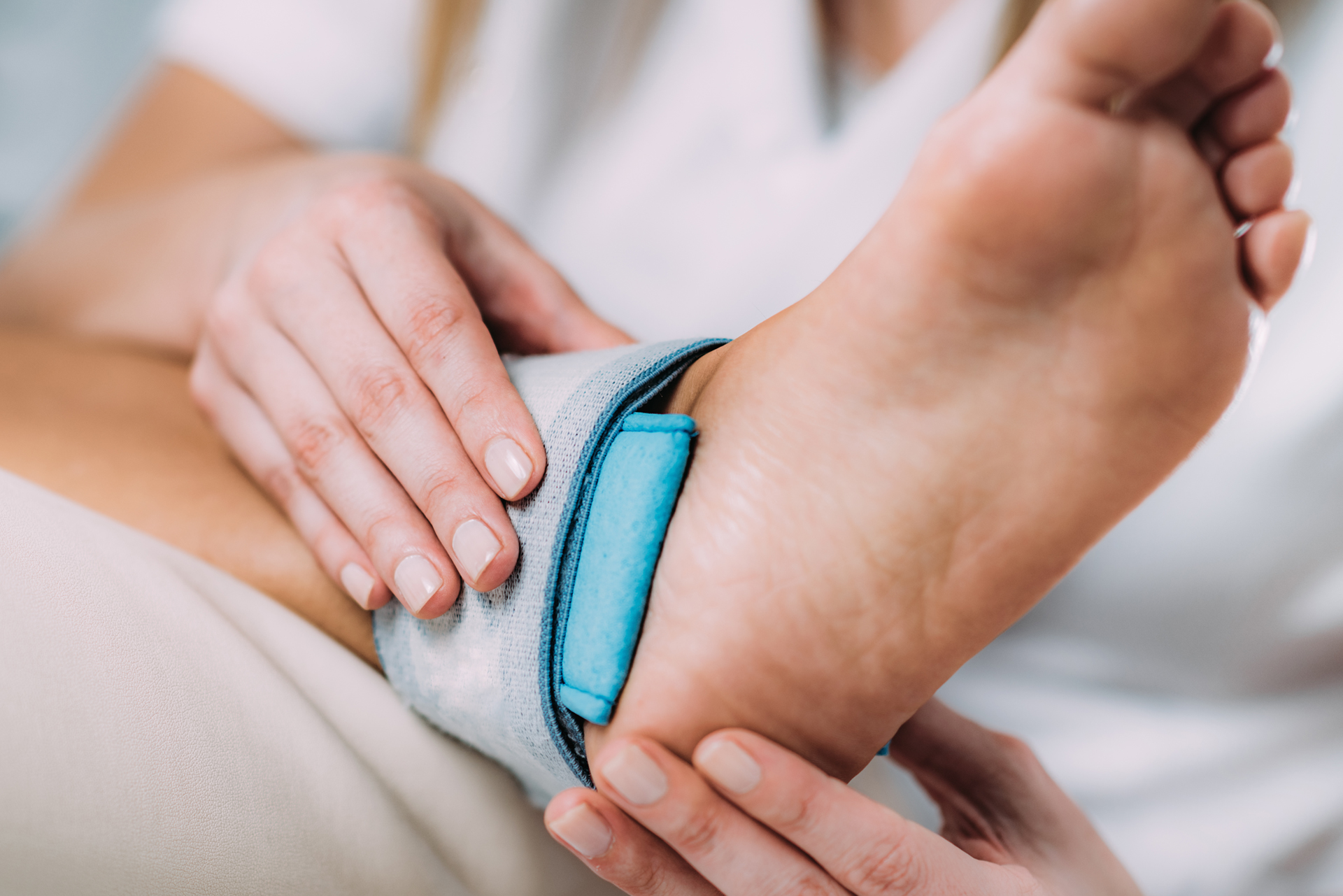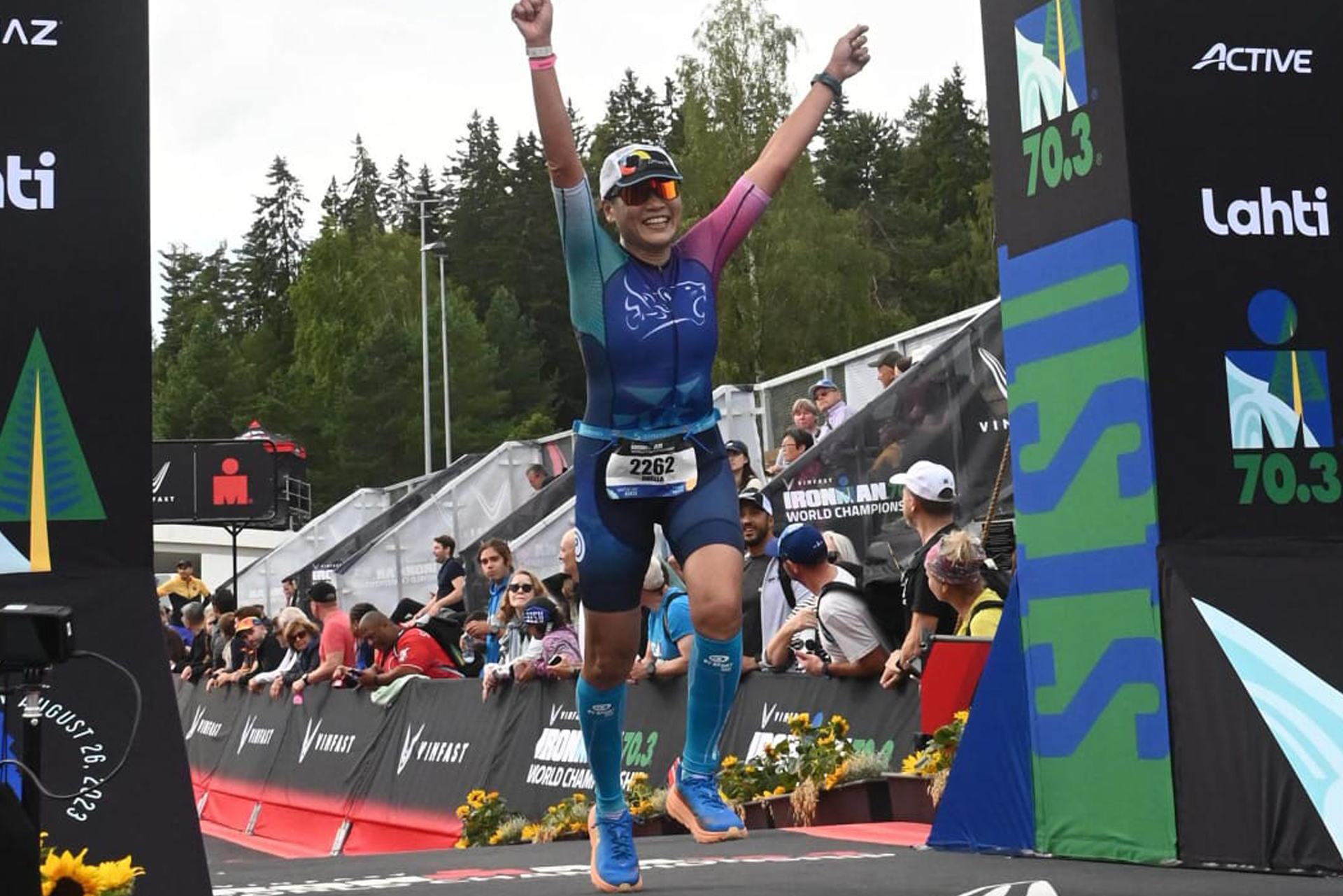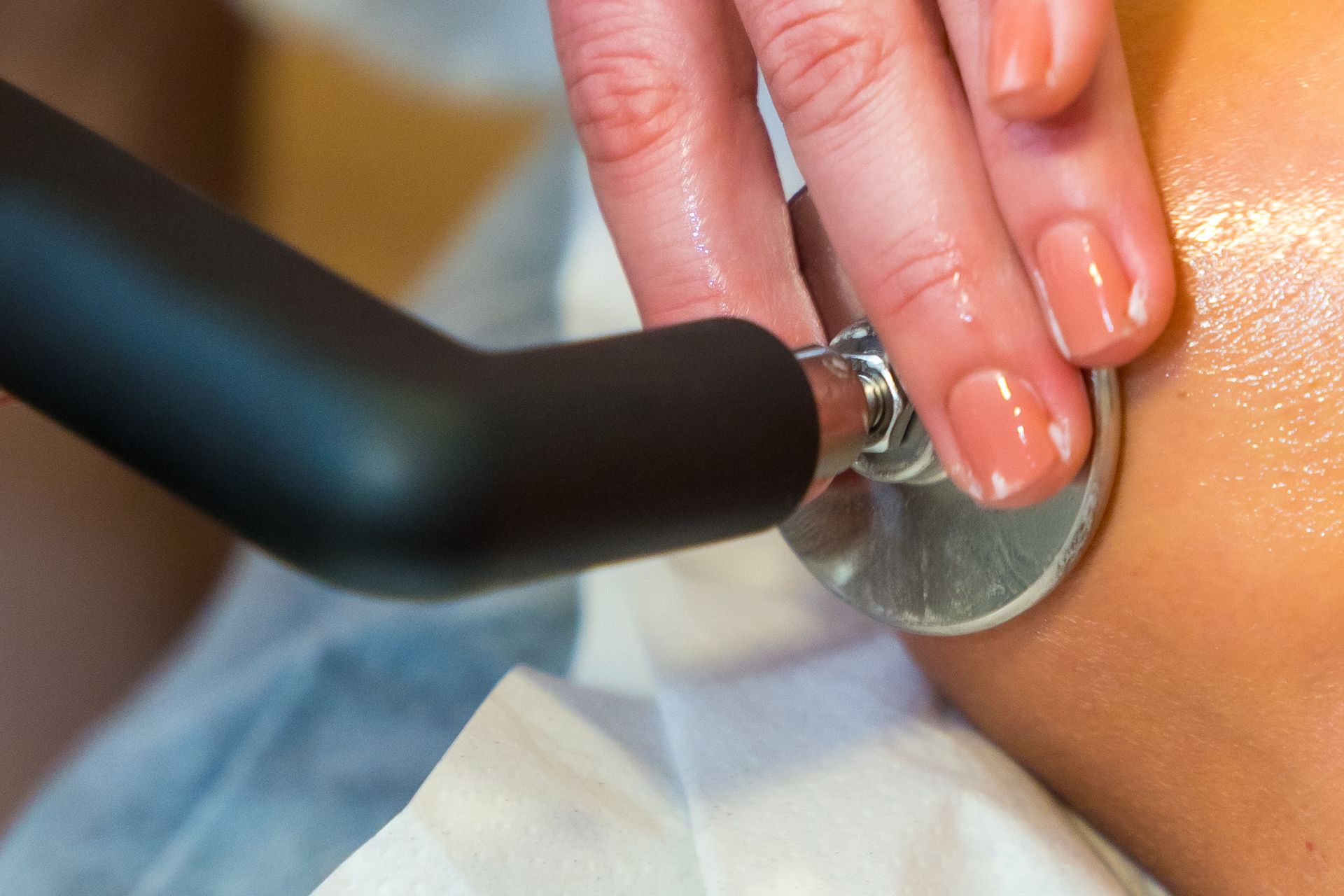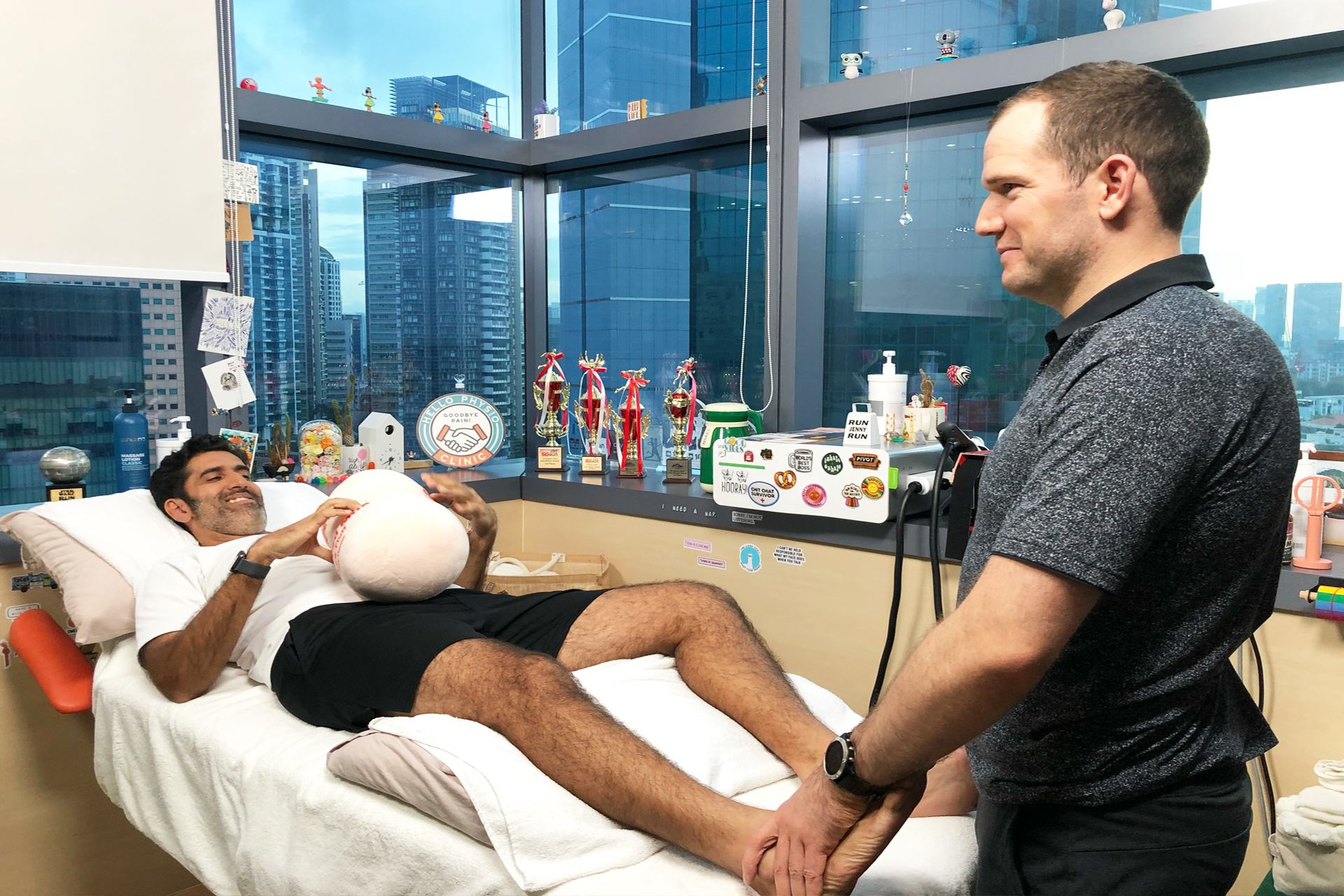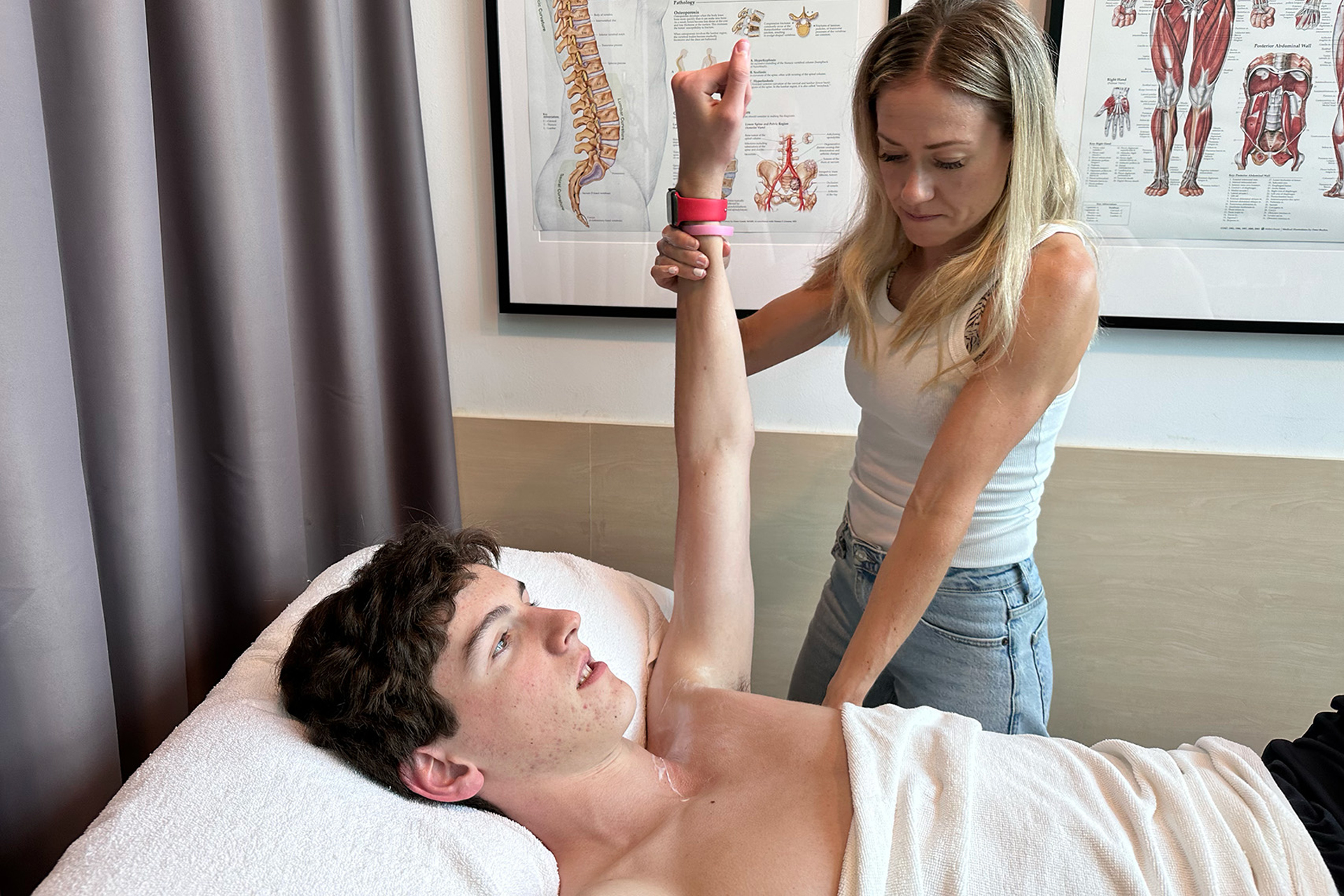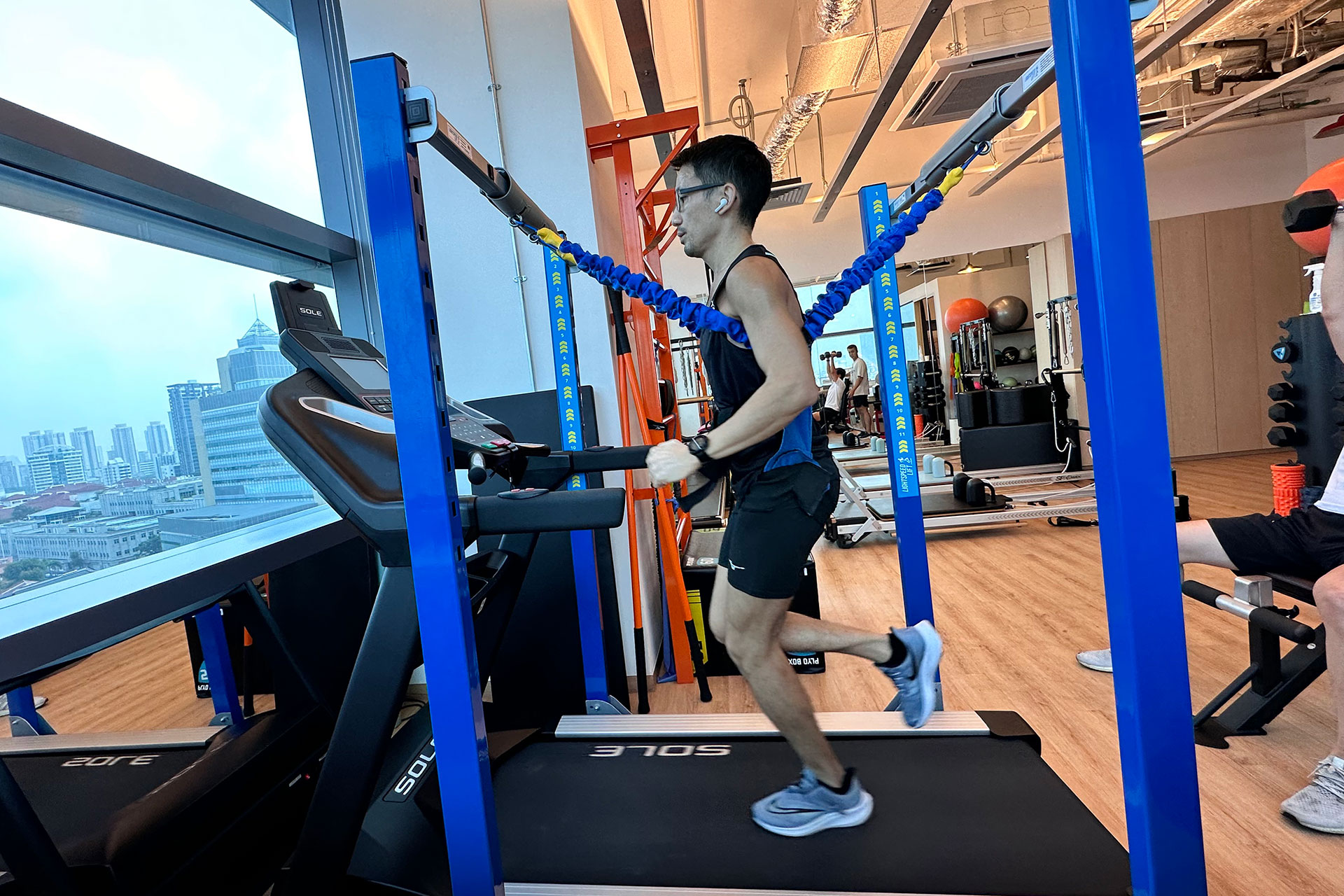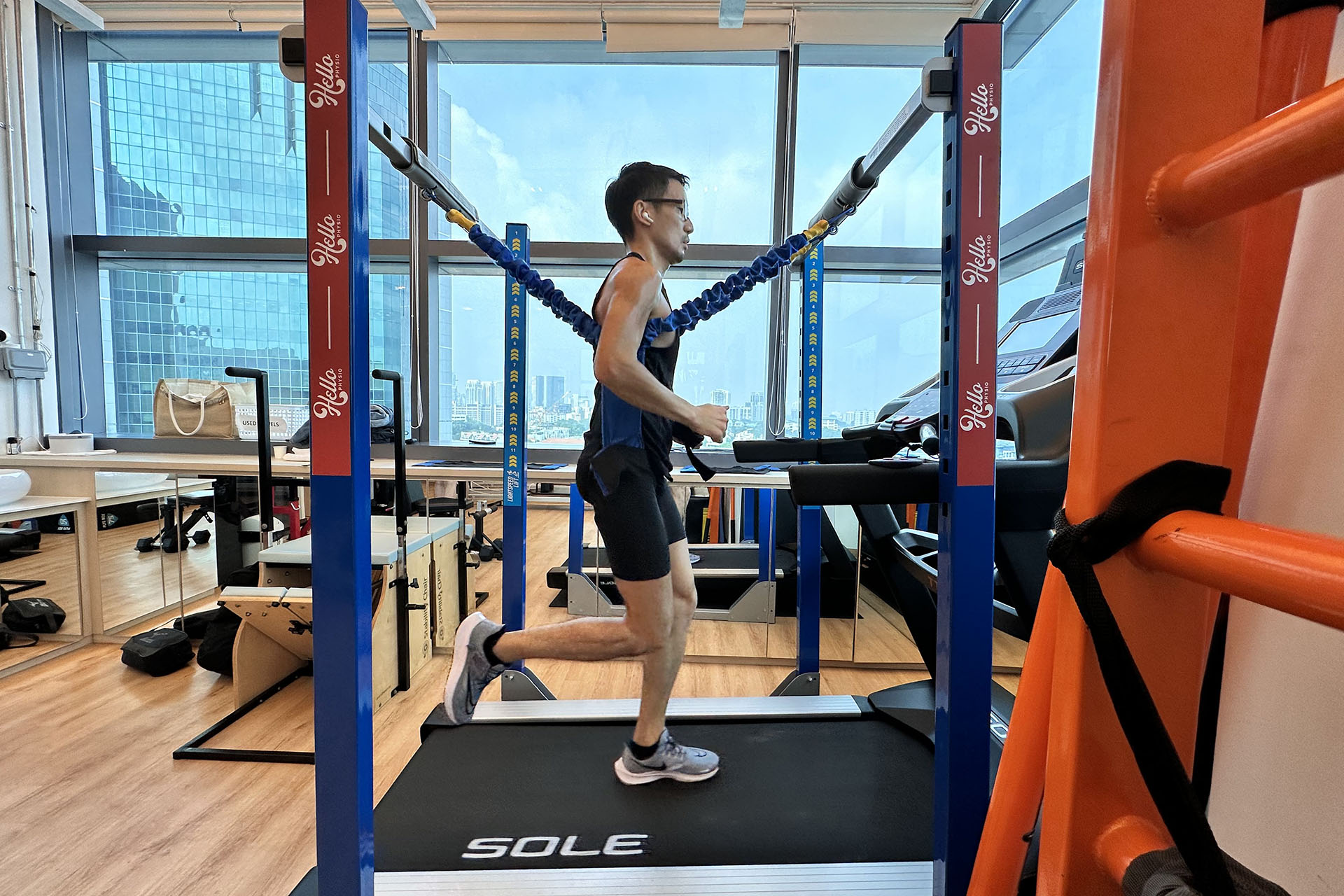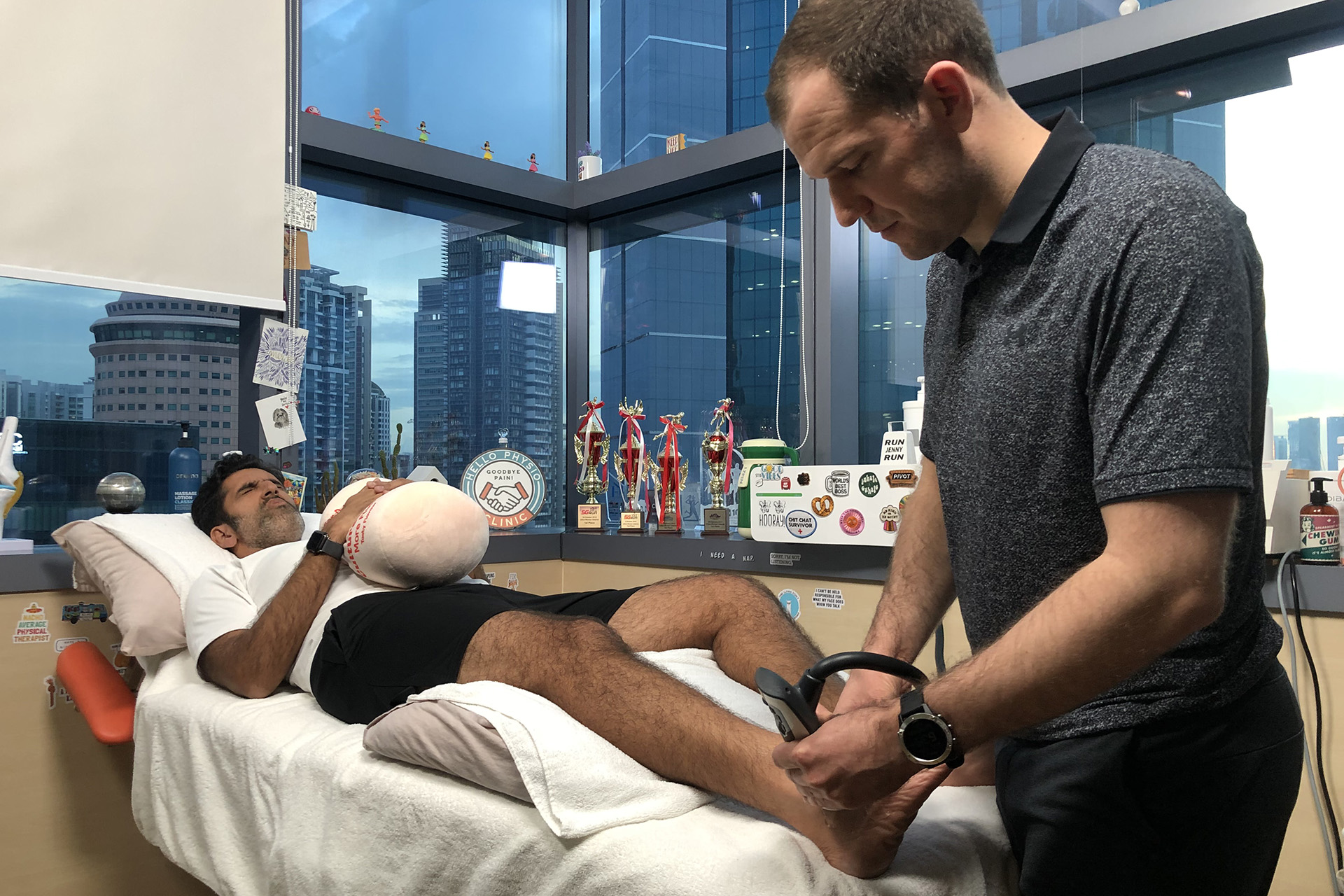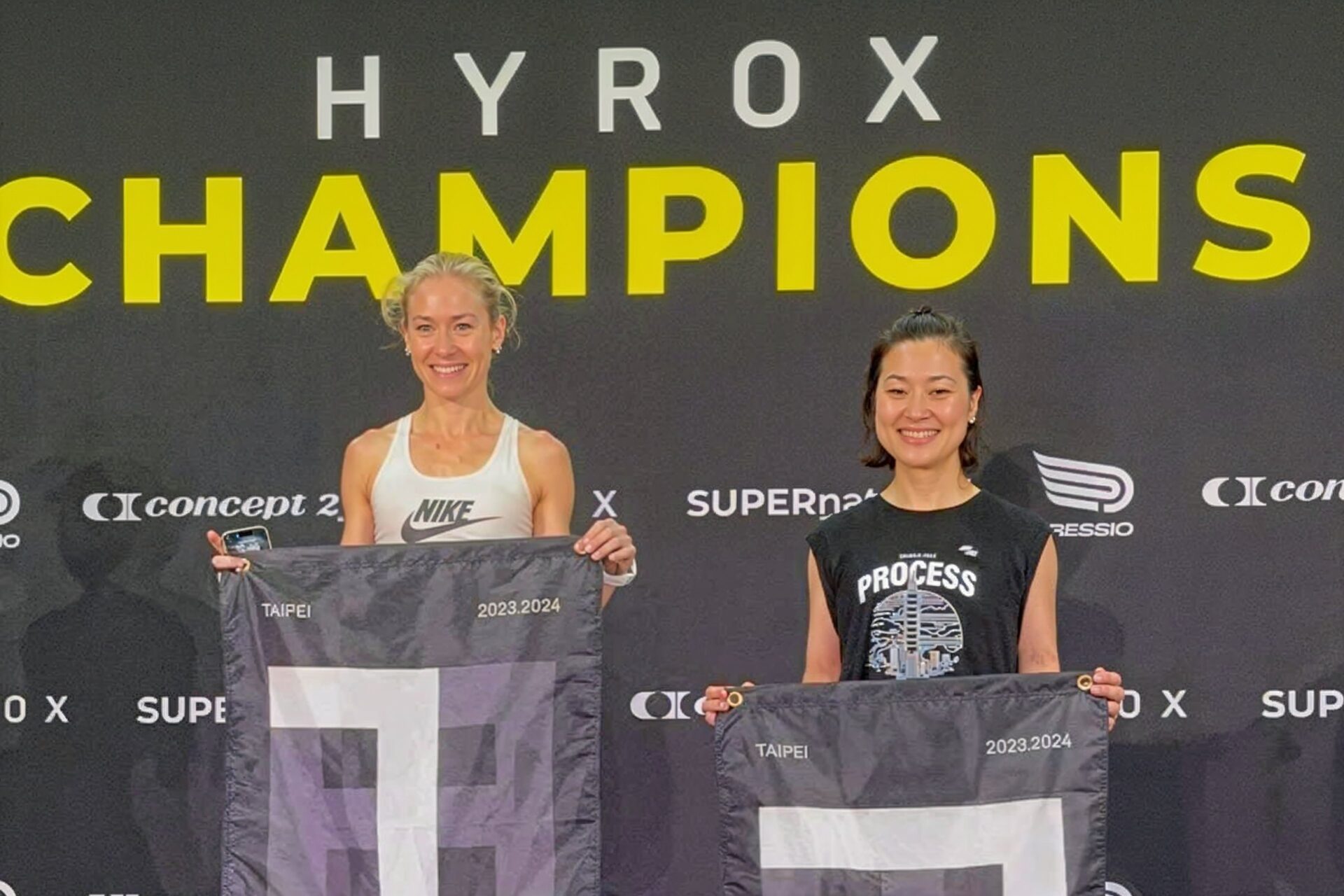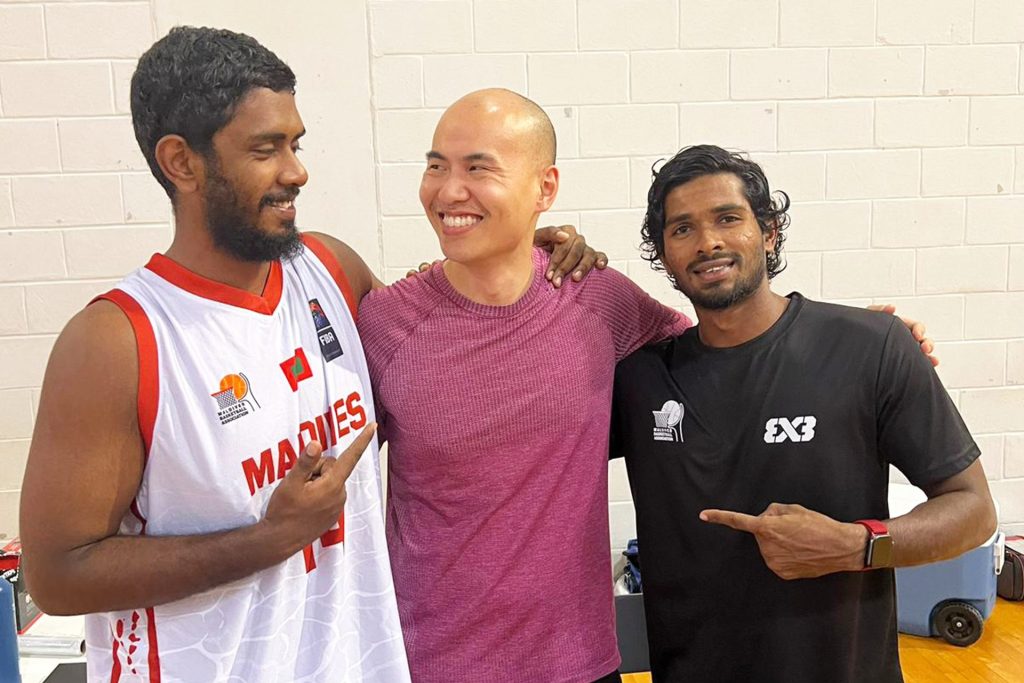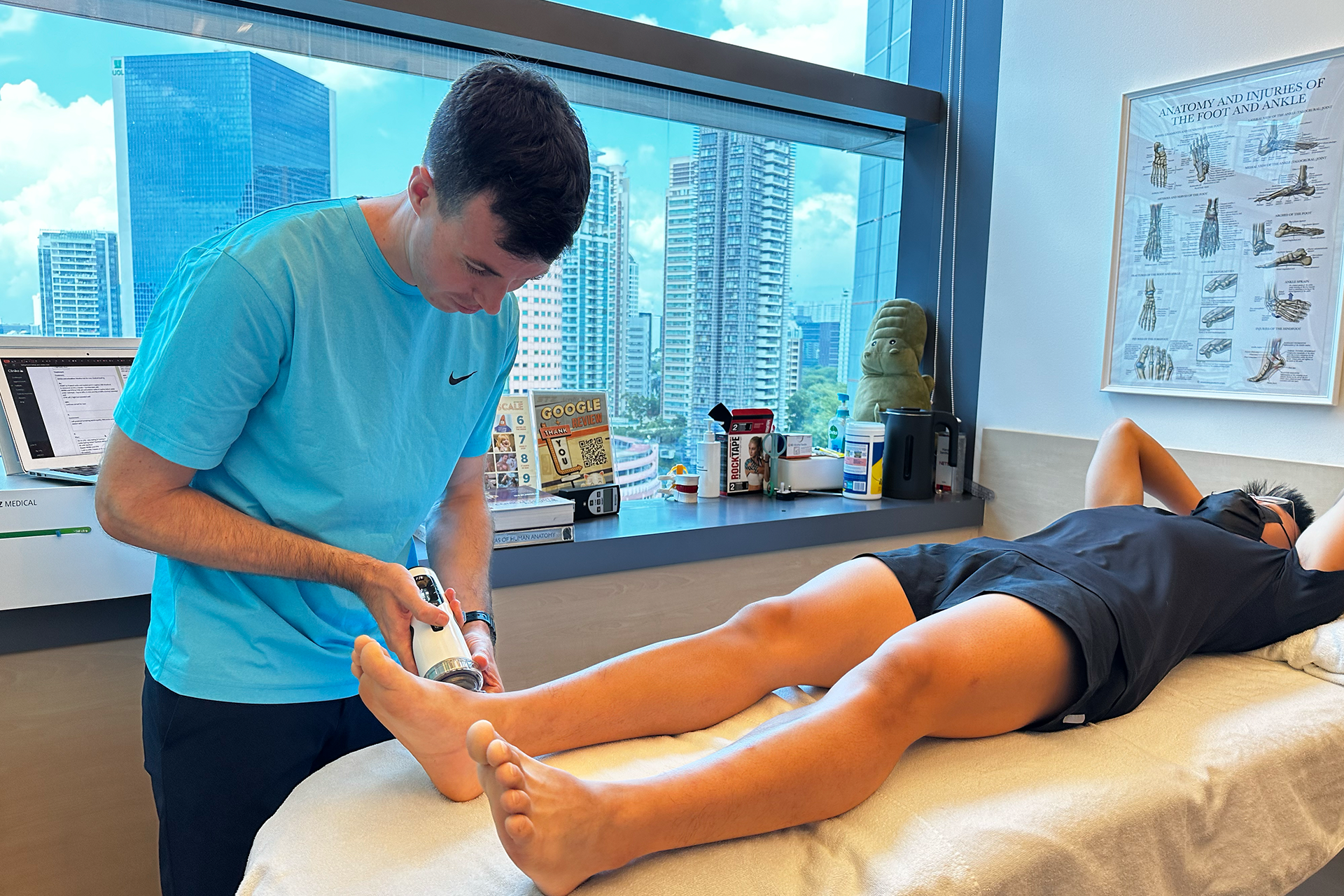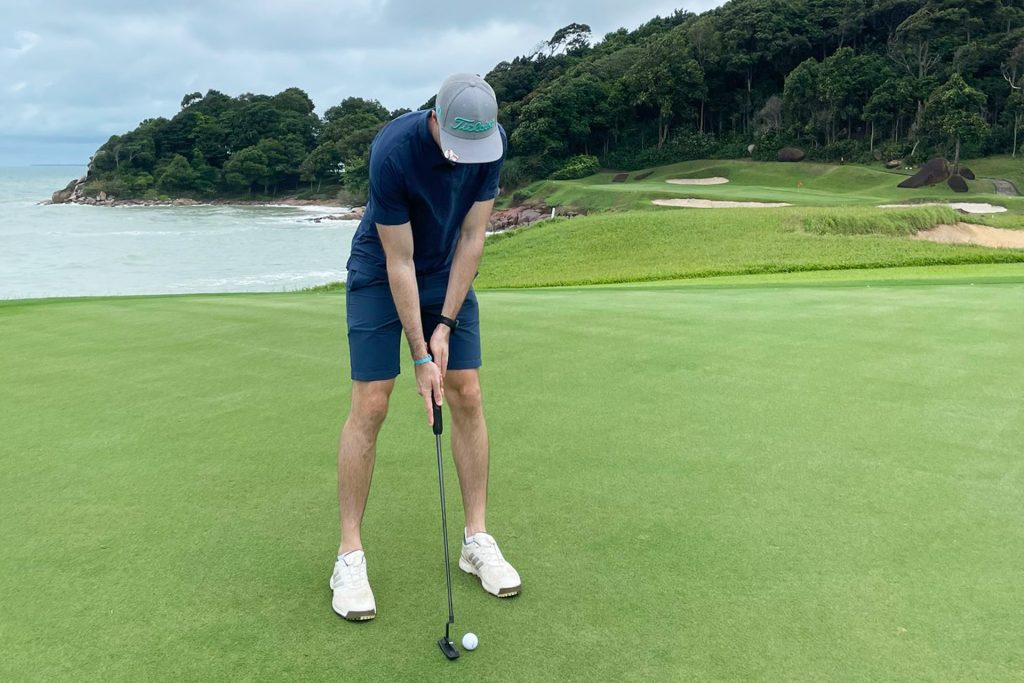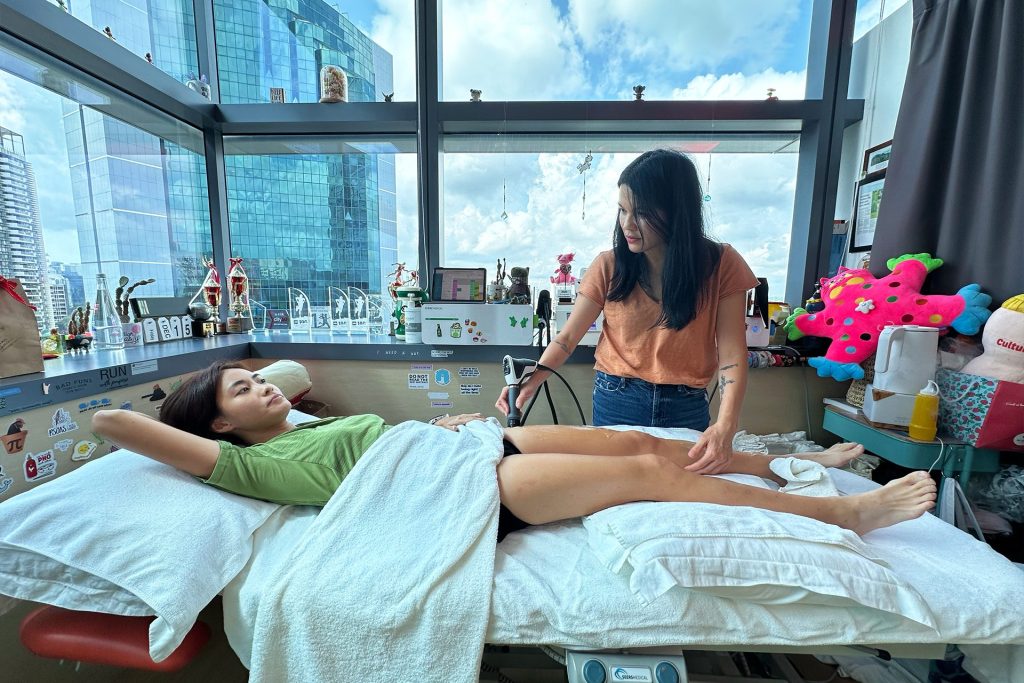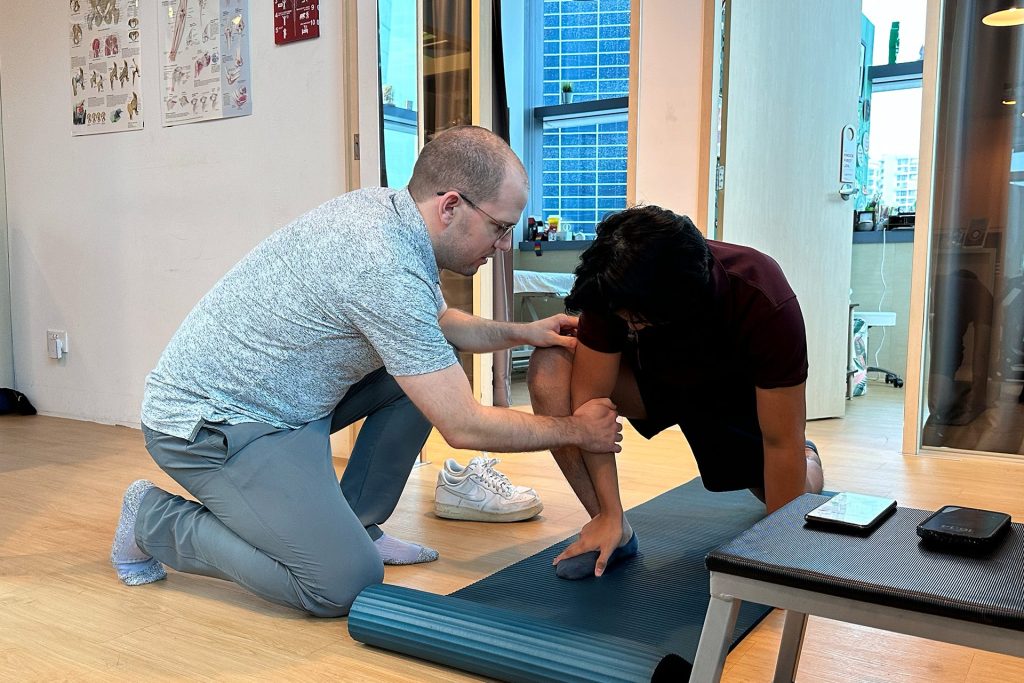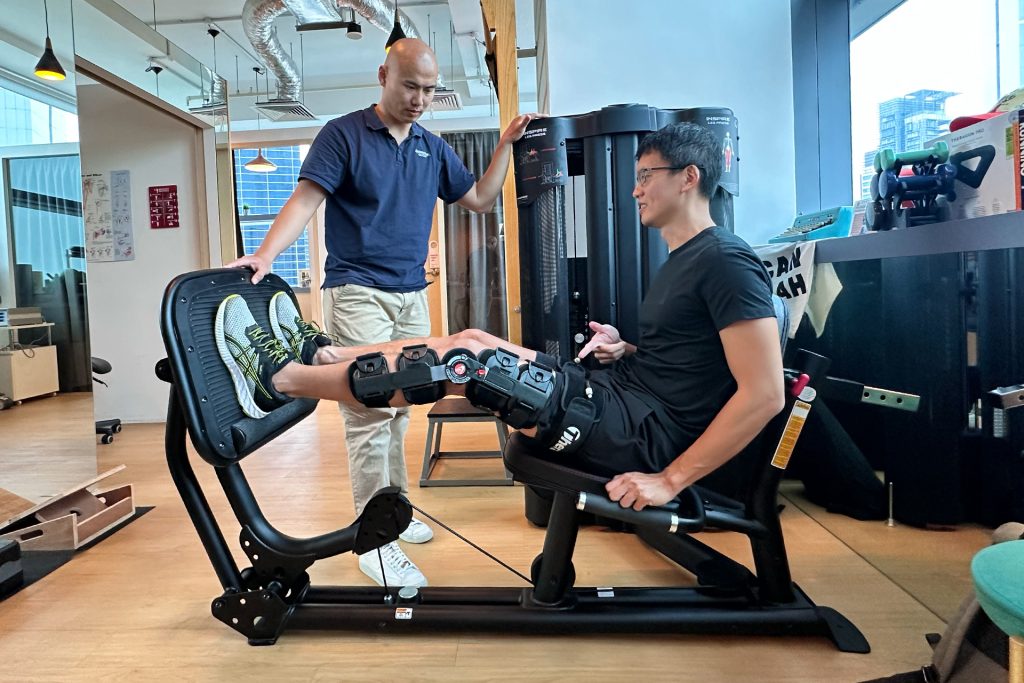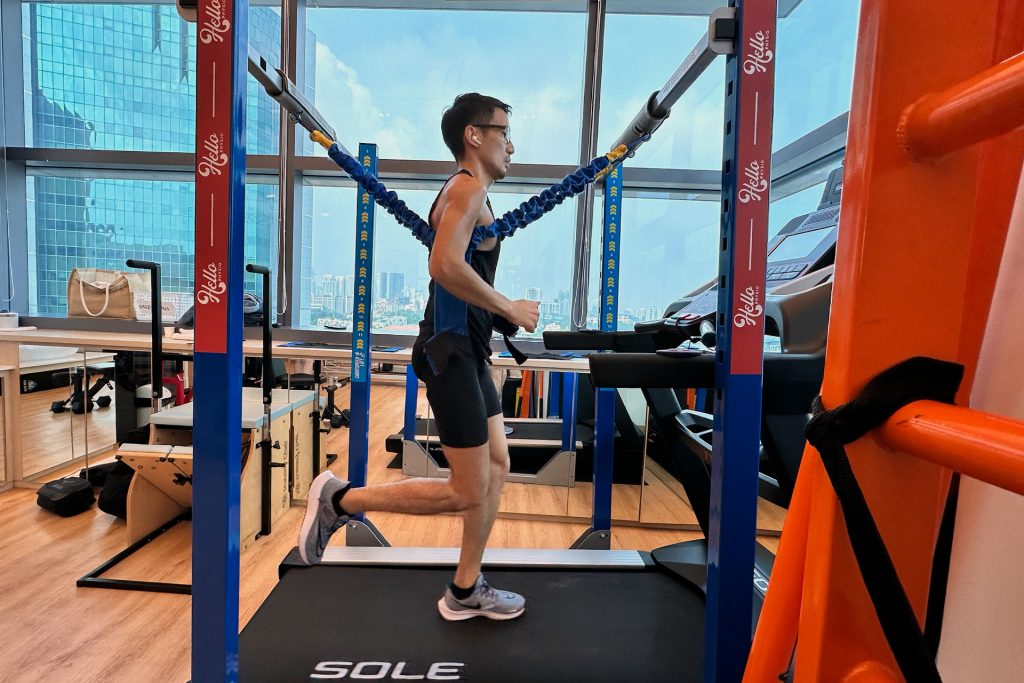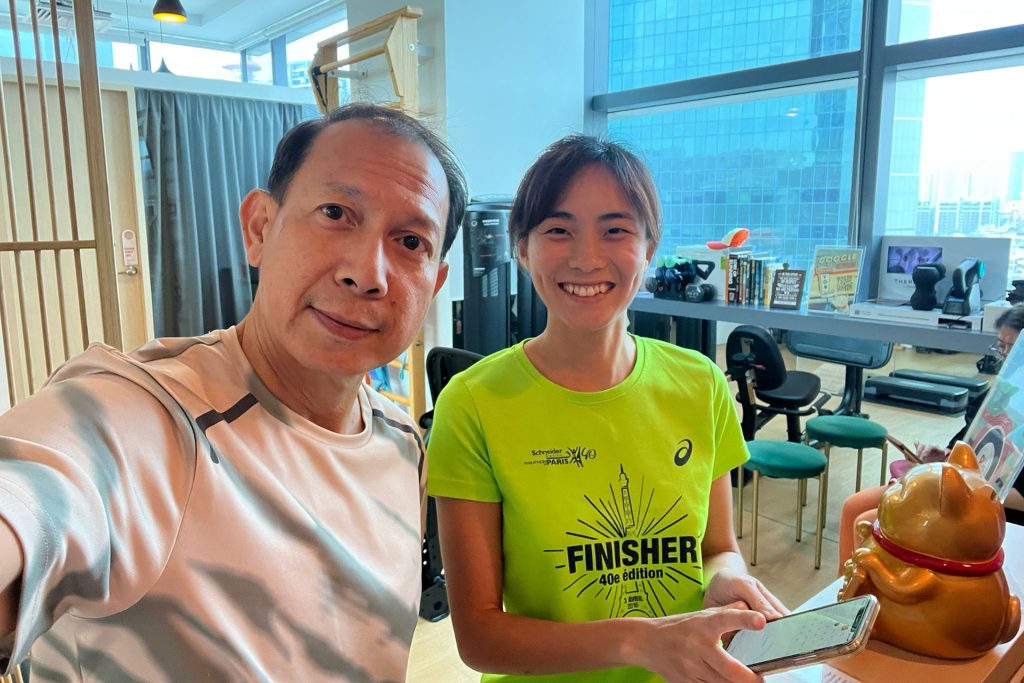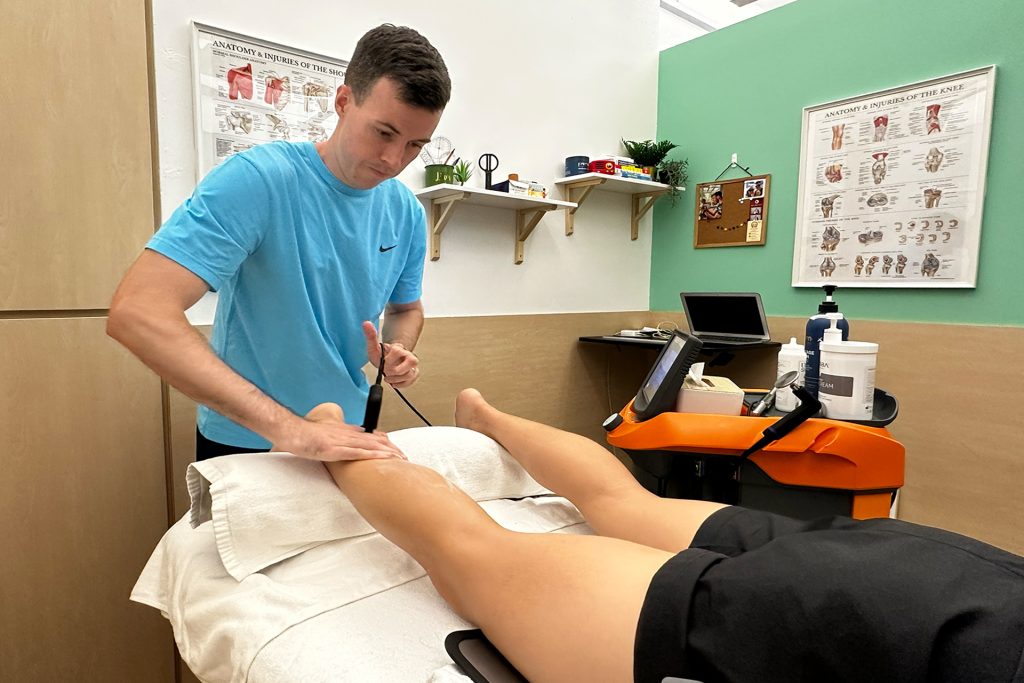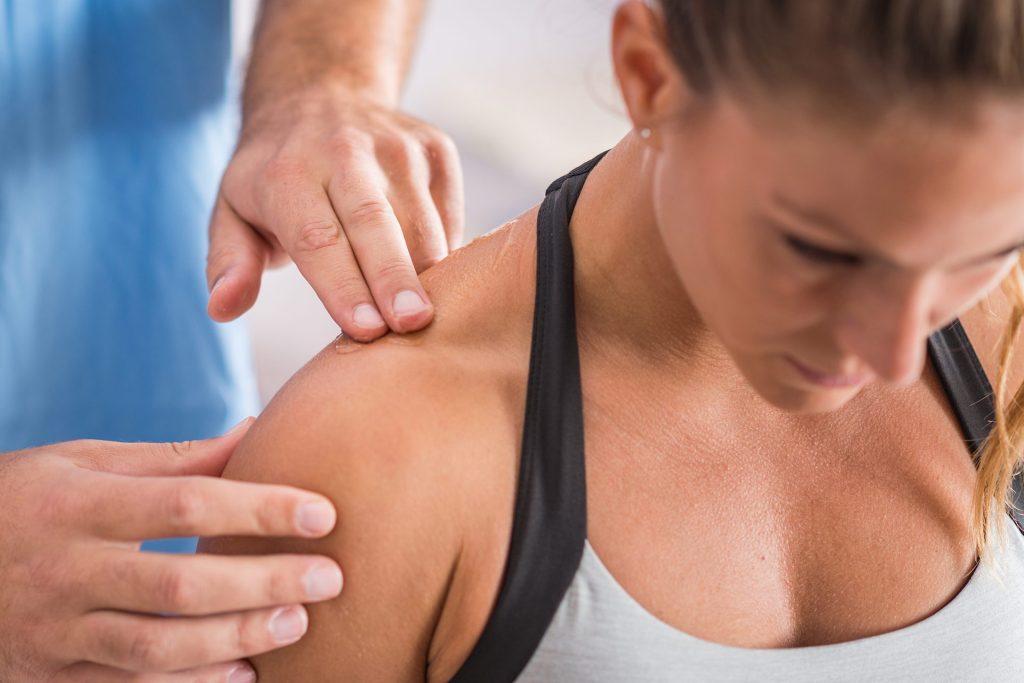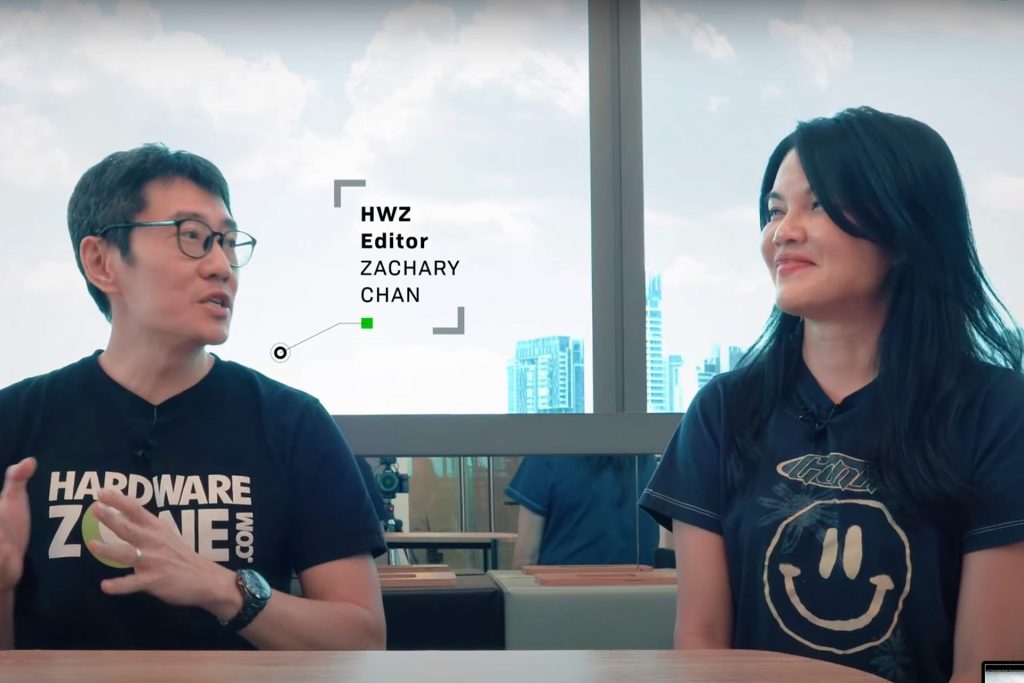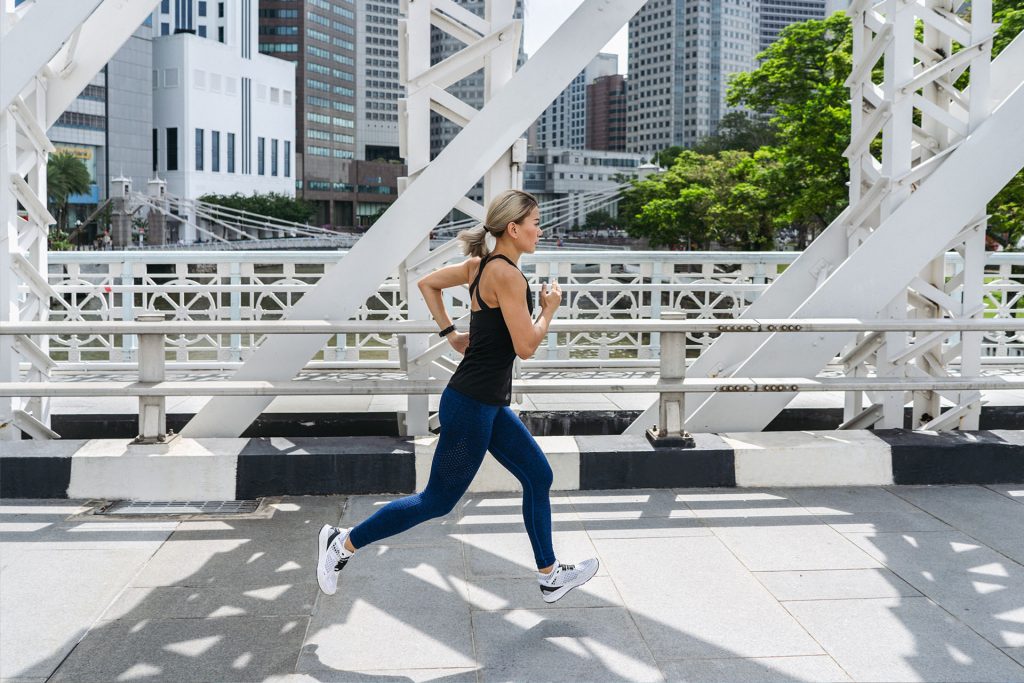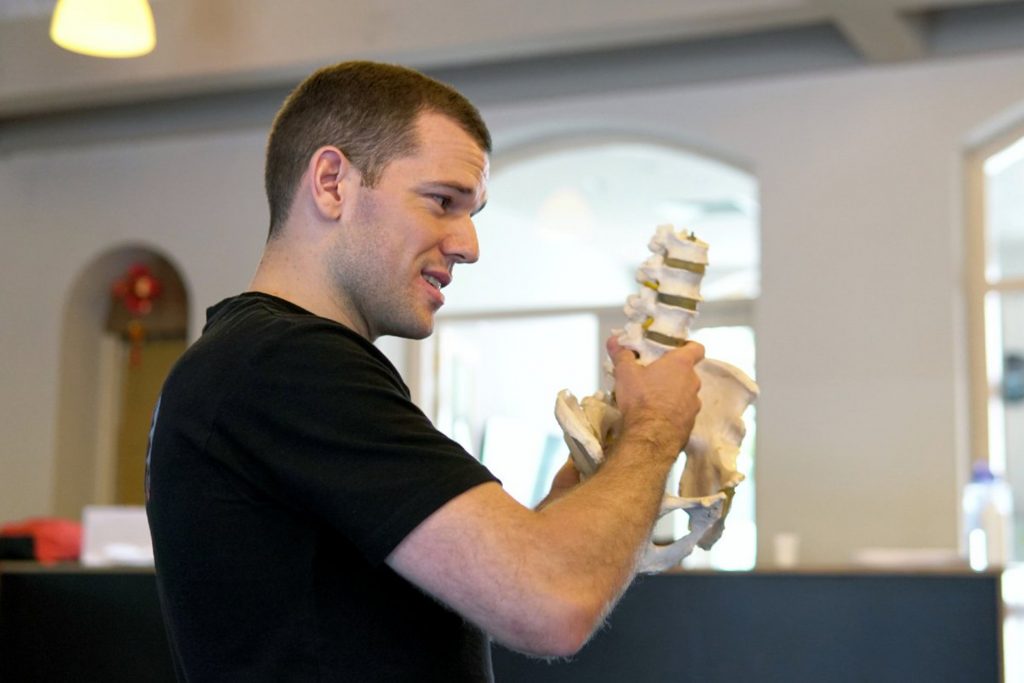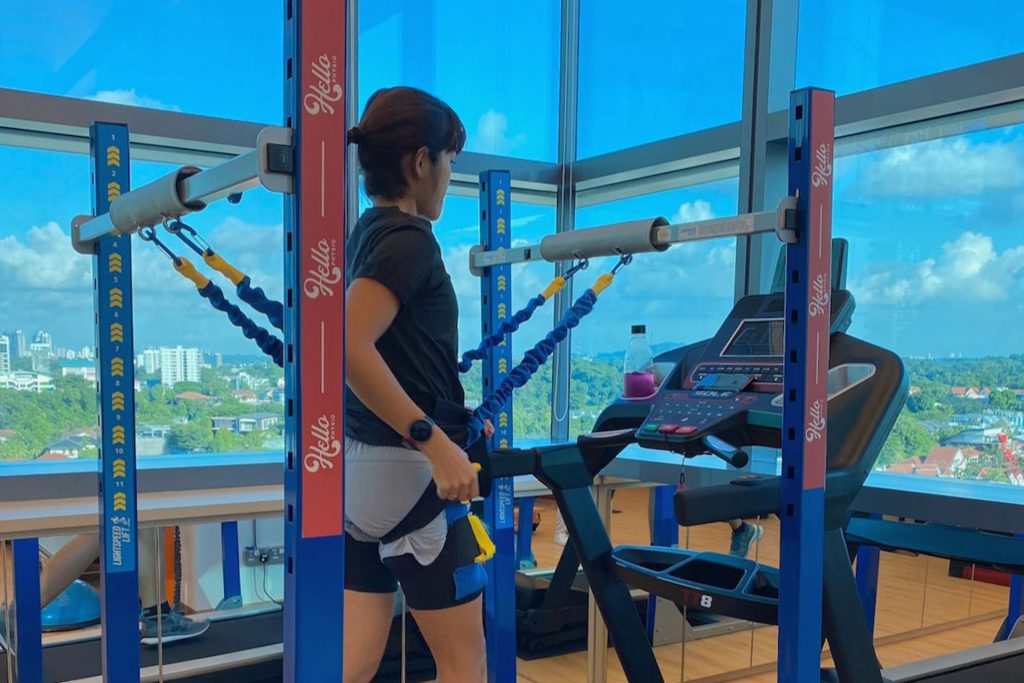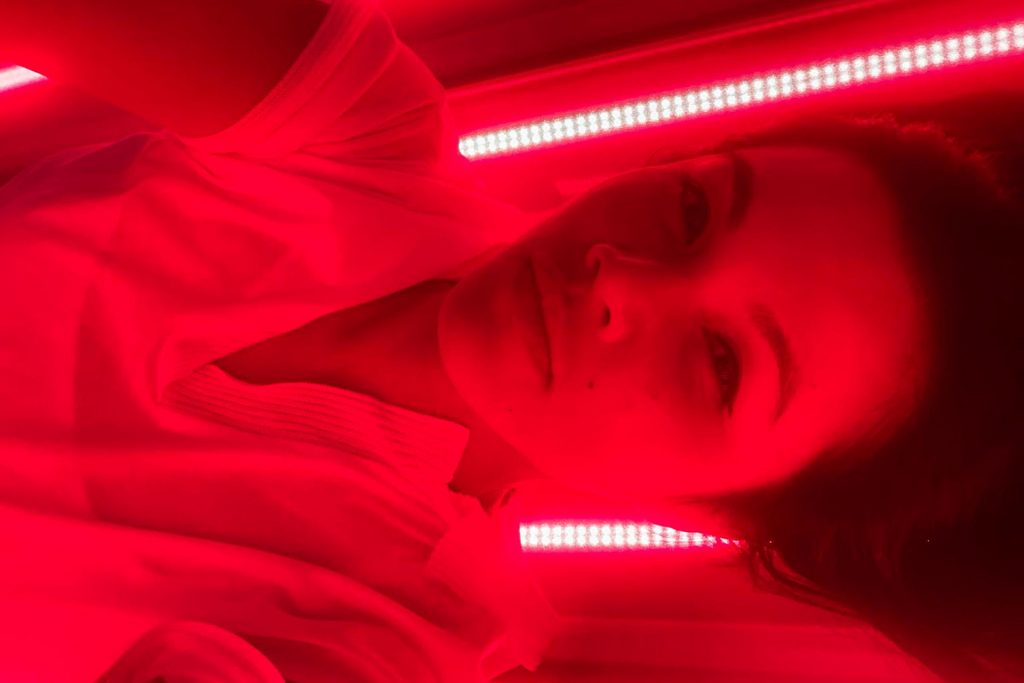|
Getting your Trinity Audio player ready...
|
How Do I Heal Patellar Tendonitis through Physiotherapy
Physiotherapy exercises for patellar tendinitis focus on strengthening the quadriceps, hamstring muscles and improving flexibility. This aids in reducing strain on the patellar tendon by ensuring proper knee alignment and movement patterns.
Strengthening exercises increase tendon resilience and load capacity, while stretching helps maintain tendon elasticity and prevents stiffness. These exercises also promote blood flow to the tendon, enhancing healing by delivering essential nutrients and oxygen for tissue repair.
Combined with adjunctive treatment of focal Shockwave Therapy and INDIBA® radiofrequency for patellar tendinopathy synergize their benefits at the cellular level.
Shockwave Therapy promotes neovascularization and releases growth factors essential for tendon healing. Meanwhile, INDIBA® radiofrequency enhances cellular metabolism, improving tissue oxygenation and nutrient supply.
Together, they accelerate tendon tissue repair by stimulating collagen production and reducing inflammation, offering a potent approach to tendon recovery.
Reducing Patellar Tendon Inflammation with INDIBA® Radiofrequency
INDIBA® radiofrequency therapy is a non-invasive treatment that uses patented long-wave radio frequencies to stimulate intense tissue. The therapy benefits patellar tendinopathy by enhancing cellular metabolism and tissue recovery through specific frequency electromagnetic waves.
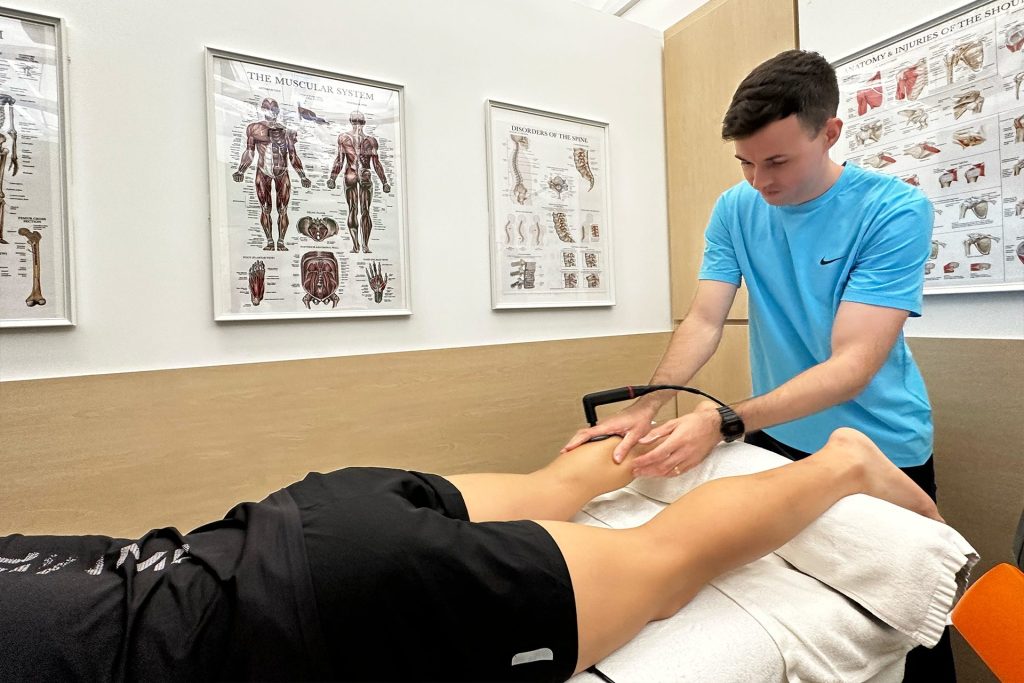
At a cellular level, it increases ion exchange and enhances cell membrane permeability, facilitating nutrient uptake and waste removal. This process stimulates fibroblast activity, which is crucial for collagen synthesis and tendon repair.
Additionally, the thermal effect of generating electromagnetic waves at 448 kHz increases blood circulation, reducing inflammation and promoting faster healing. For an in-depth exploration of these mechanisms, consider reviewing resources on INDIBA®’s technology and its applications in tendon healing.
Shockwave Therapy for Treatment of Patellar Tendonitis
Shockwave Therapy for patellar tendinopathy stimulates biological responses at the cellular level that promote tissue regeneration and healing. Specifically, it activates tenocytes, the tendon cells, enhancing collagen synthesis, which is crucial for tendon repair.
Shockwave Therapy activates tenocytes by generating mechanical pressure and tension, leading to cellular responses that promote tendon healing. This mechanical stimulation triggers the release of growth factors such as VEGF (vascular endothelial growth factor), PCNA (proliferating cell nuclear antigen), and BMPs (basic metabolic panel) – all vital for cell proliferation, differentiation, and neovascularization, enhancing the tendon’s natural repair processes.
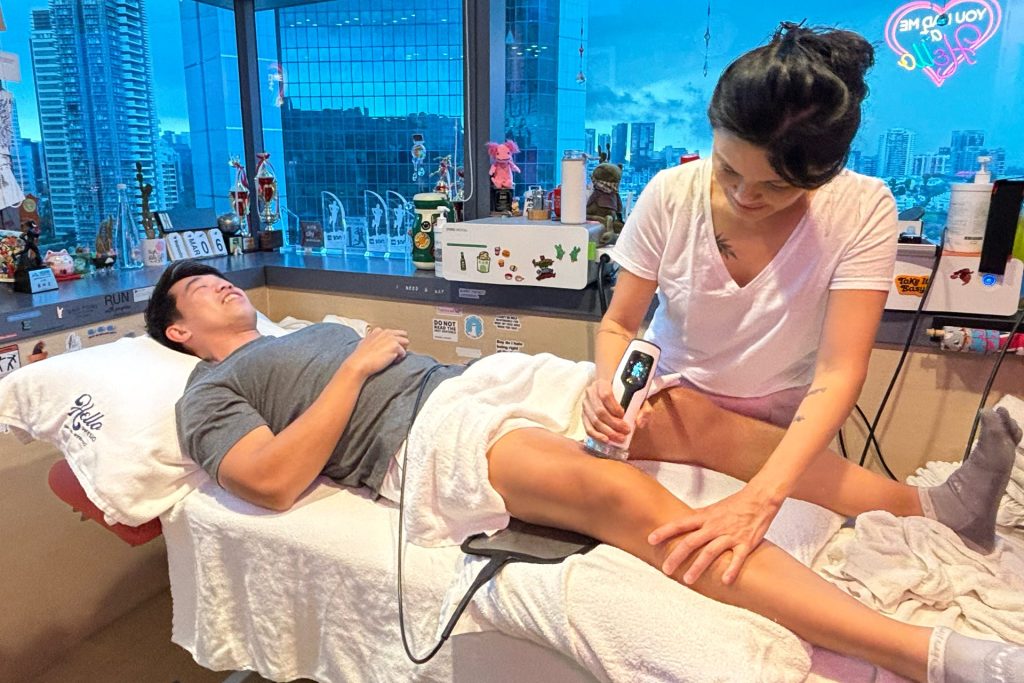
VEGF stimulates the growth of new blood vessels (angiogenesis), enhancing oxygen and nutrient supply to the damaged tissue. PCNA is involved in DNA synthesis and repair, supporting cell proliferation. BMPs play a significant role in the formation of bone and cartilage, aiding the repair of tendon-bone junctions. Together, these growth factors contribute to the regeneration and strengthening of the tendon tissue, improving recovery outcomes in conditions like patellar tendinopathy.
Shockwave Therapy also increases blood flow to the affected area, promoting the removal of nociceptive metabolites that cause pain. Additionally, it can disrupt calcified deposits in the tendon, a common issue in chronic tendinopathy, thereby reducing pain and improving function.
Can I Run with Patellar Tendonitis?
Patellar tendinitis progresses from acute to chronic stages. Initially, pain may occur only after physical activity, indicating acute tendinitis. Without proper management, it can progress to chronic tendinitis, where pain becomes constant, affecting daily activities.
Running with patellar tendonitis, especially without proper treatment, can exacerbate the condition due to the strain running places on the knee joint.
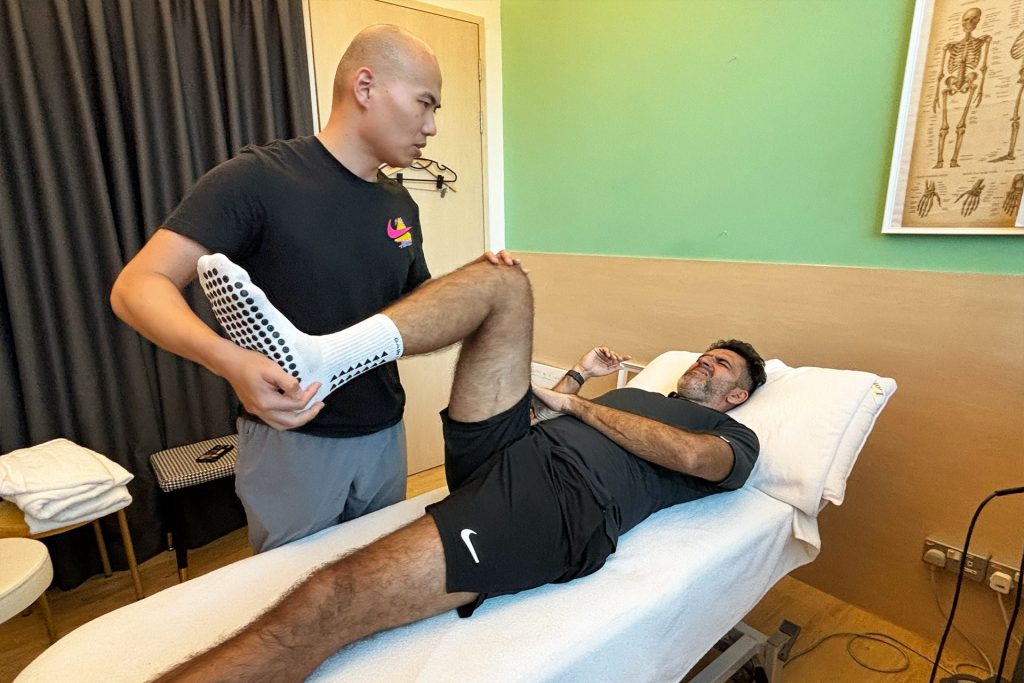
Treatment varies by stage: acute cases may respond well to rest, ice, and anti-inflammatory measures, while chronic tendinitis might require more intensive physiotherapy, specialized exercises, or even treatments like Shockwave or INDIBA® radiofrequency therapy to promote healing and reduce inflammation.
However, after undergoing treatments like prescribed physiotherapy exercises, Shockwave Therapy and INDIBA® radiofrequency, you may gradually return to running faster with the guidance of a healthcare provider.
When managing patellar tendinopathy, it’s essential to address biomechanical imbalances, choose proper footwear, and ensure adequate warm-up before intense activities. These overlooked factors may significantly impact rehabilitation and recurrence prevention. Incorporating nutritional considerations, like adequate protein and essential nutrients for tendon health, is also beneficial.
HelloPhysio focuses on reducing inflammation and pain, promoting tissue healing, and customizing return-to-sport rehabilitation programs to get you up and running faster.

